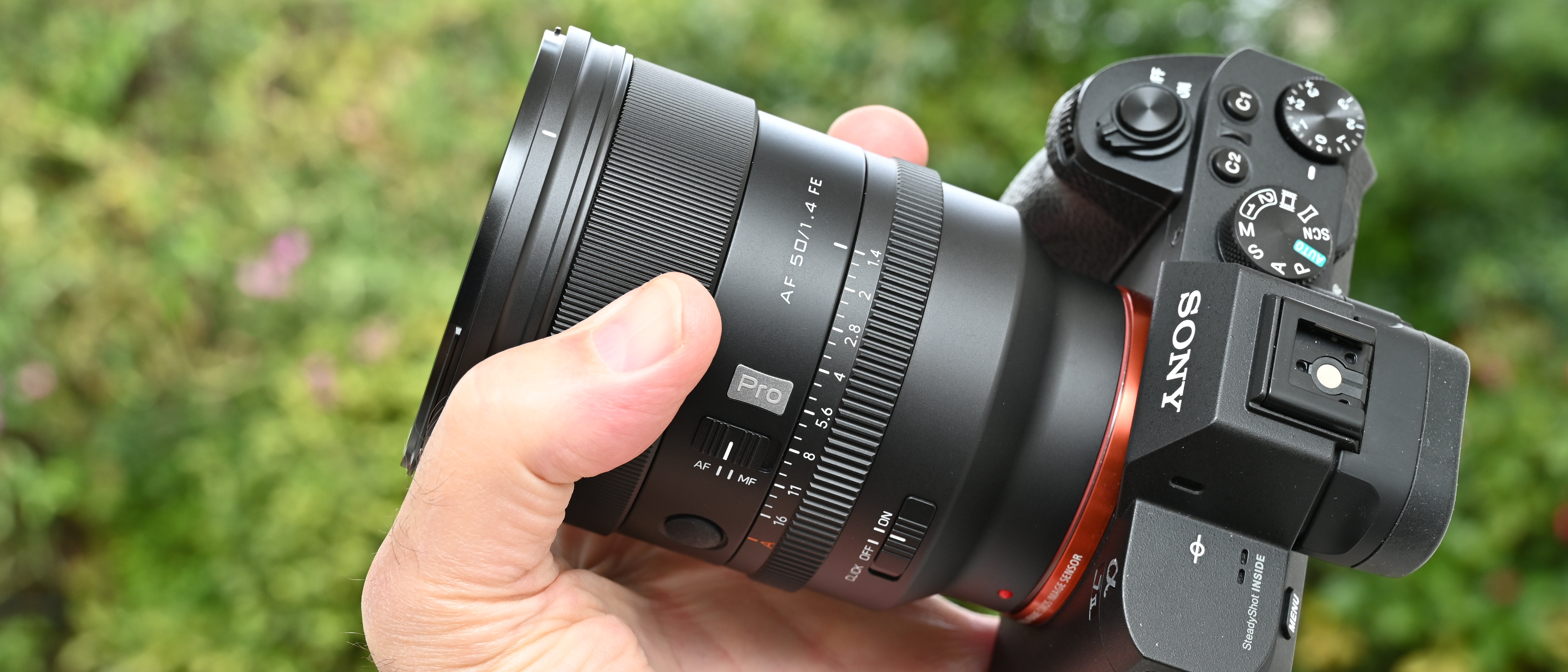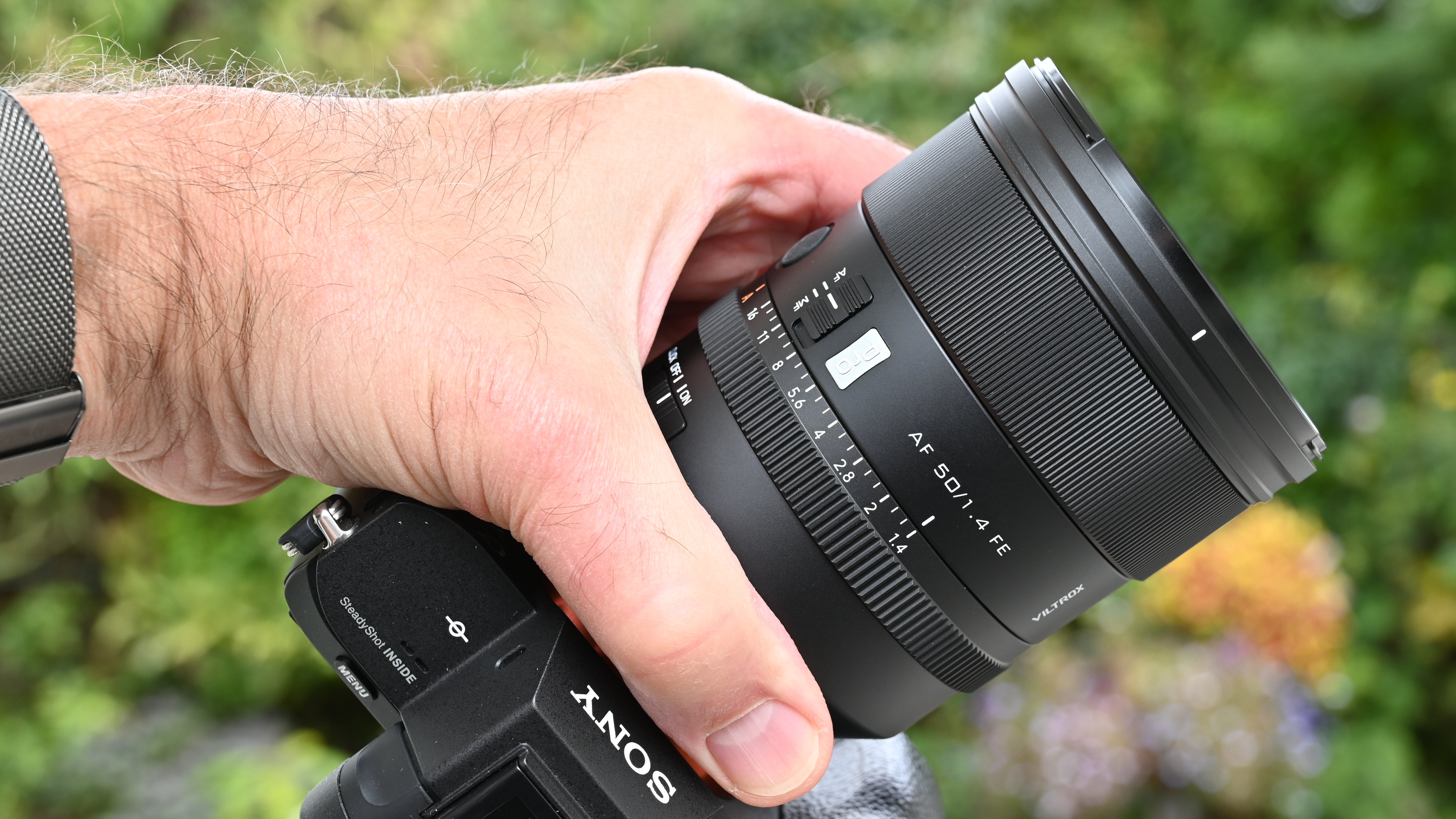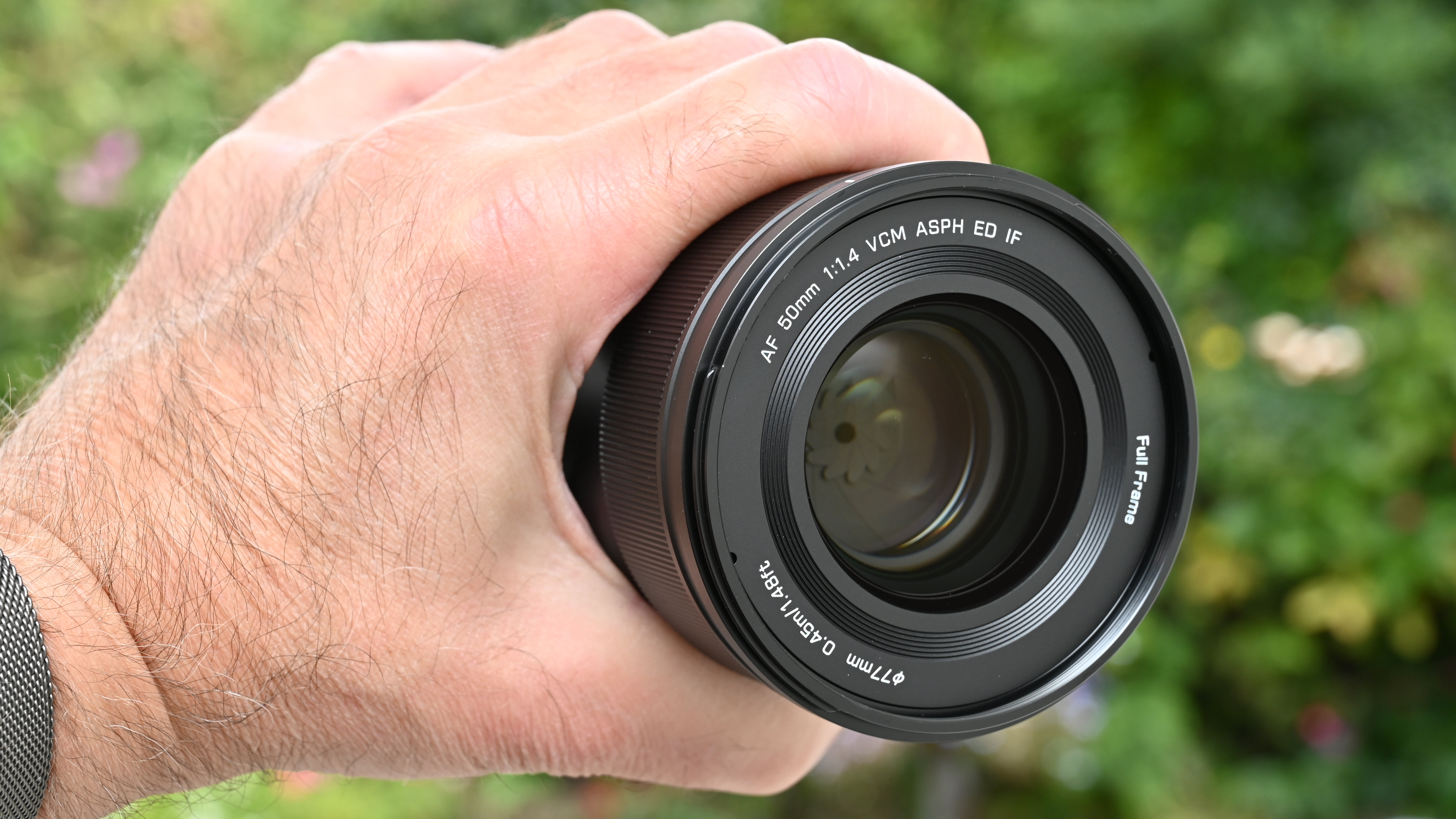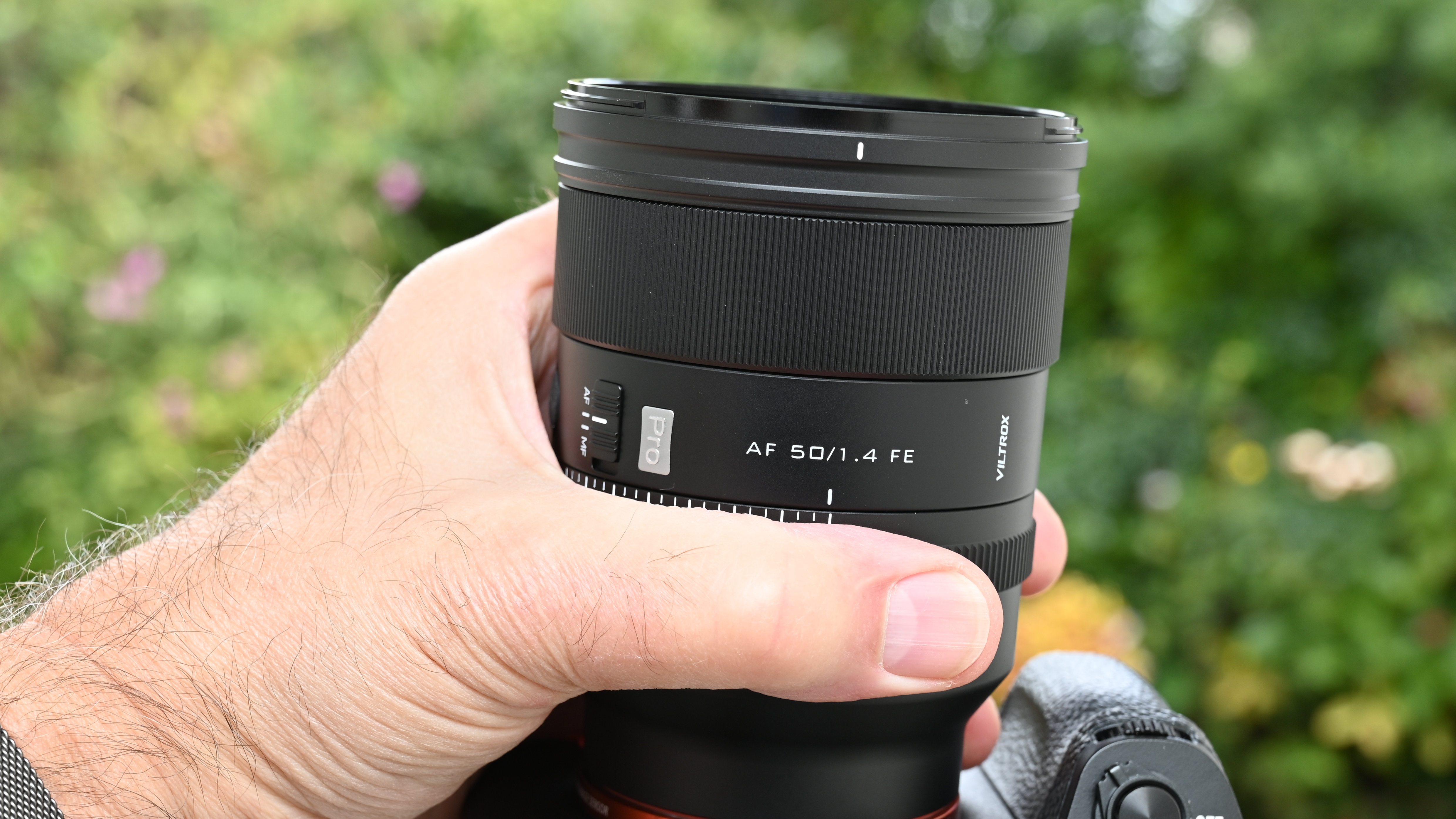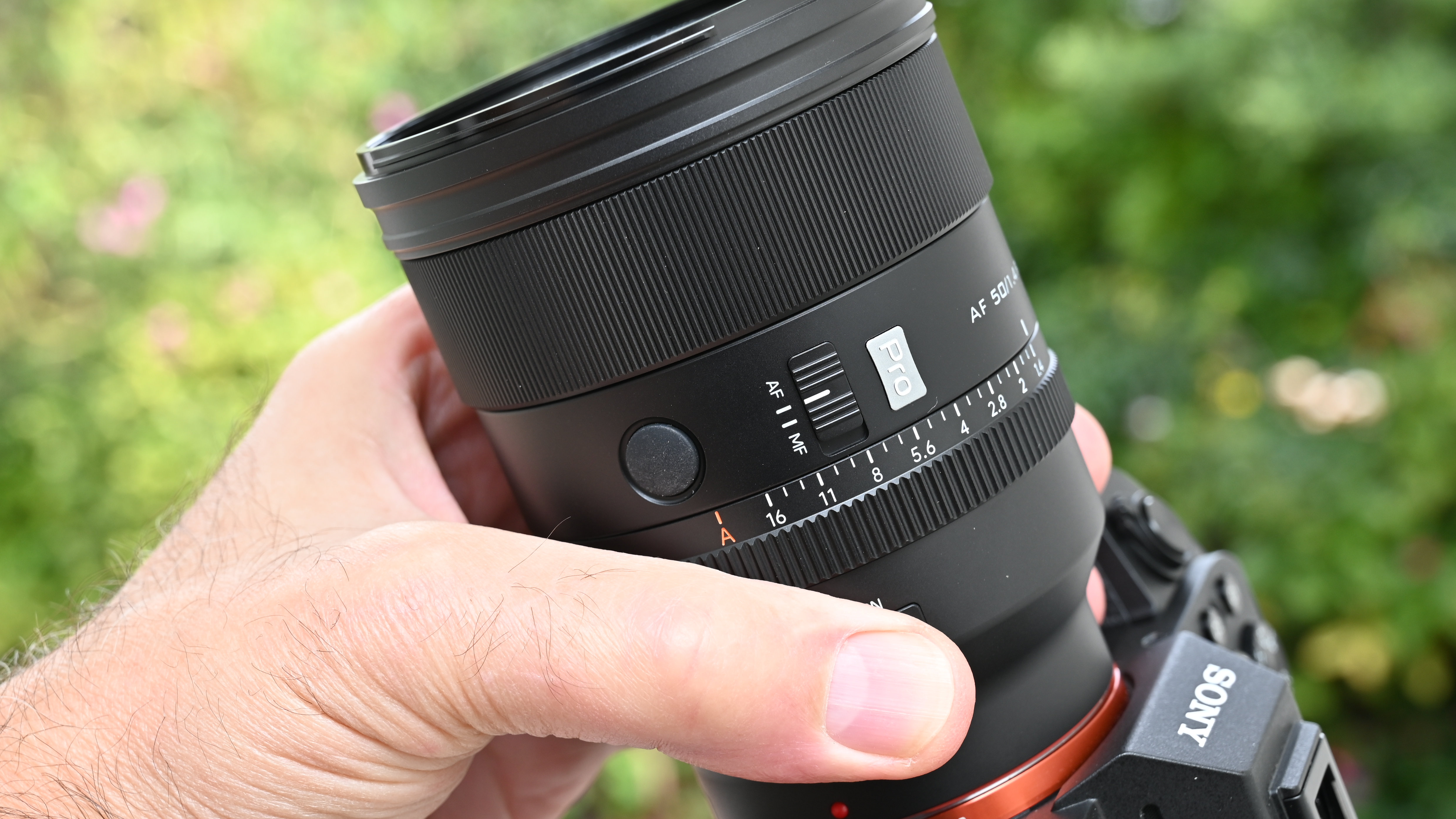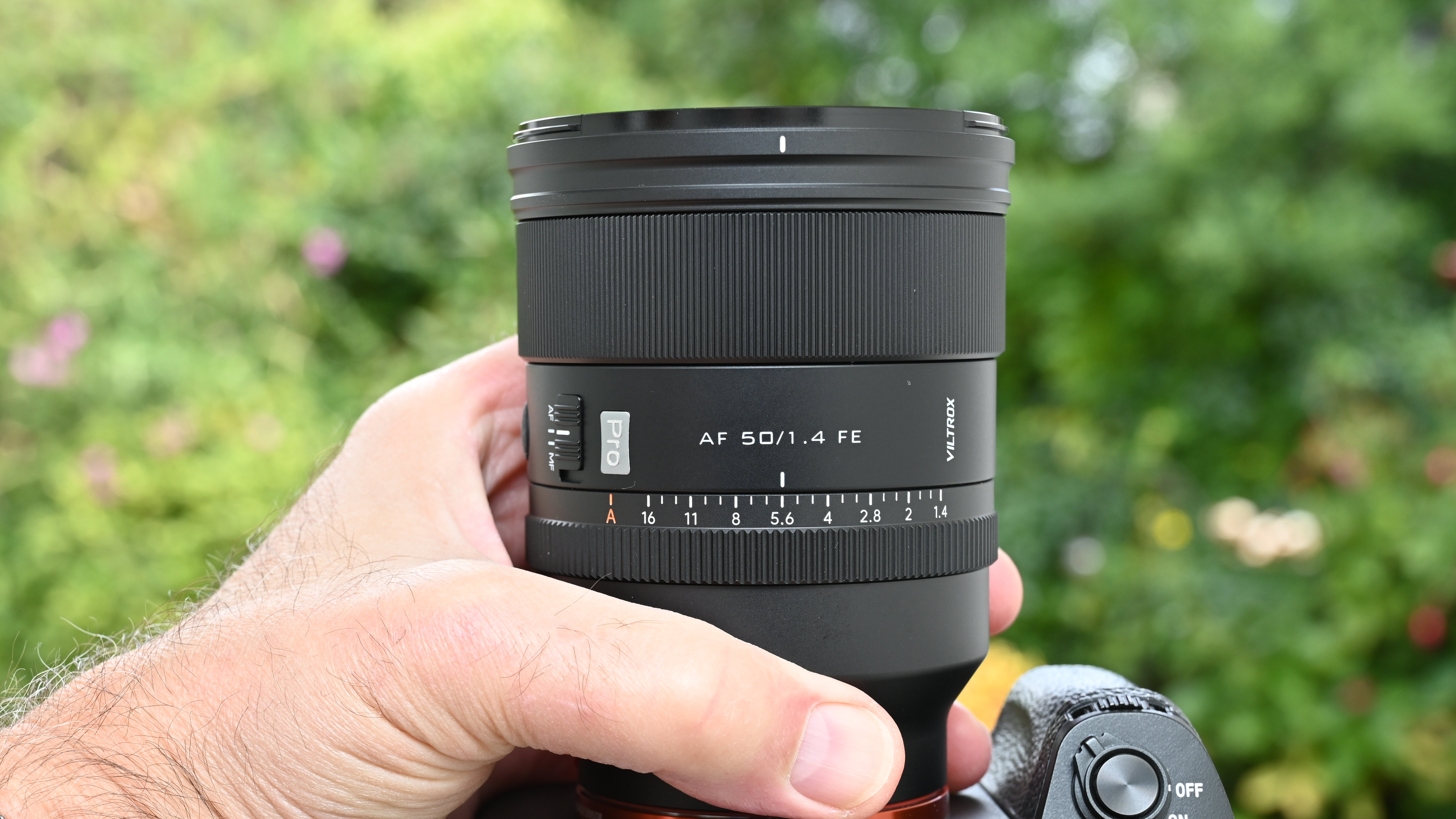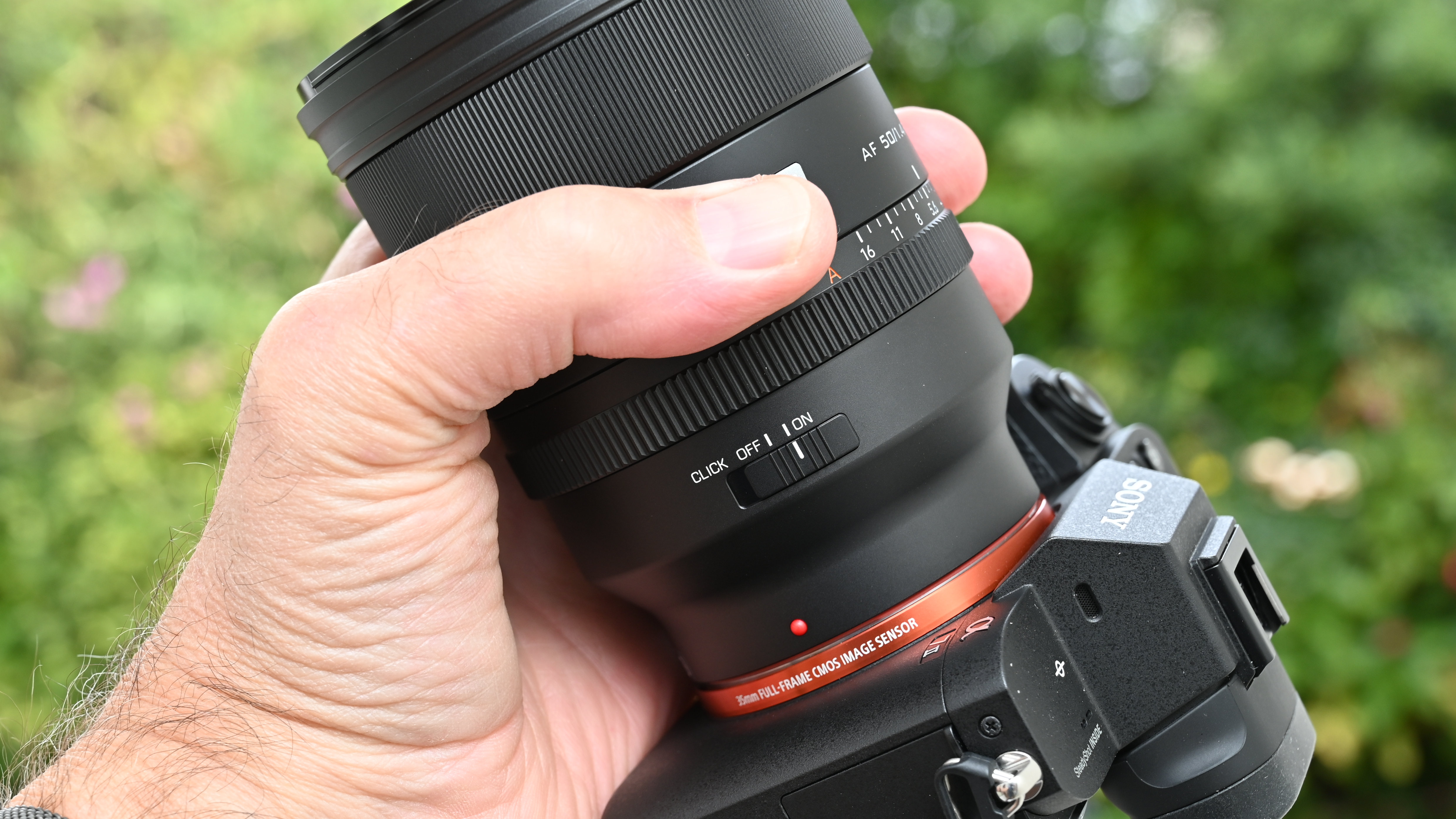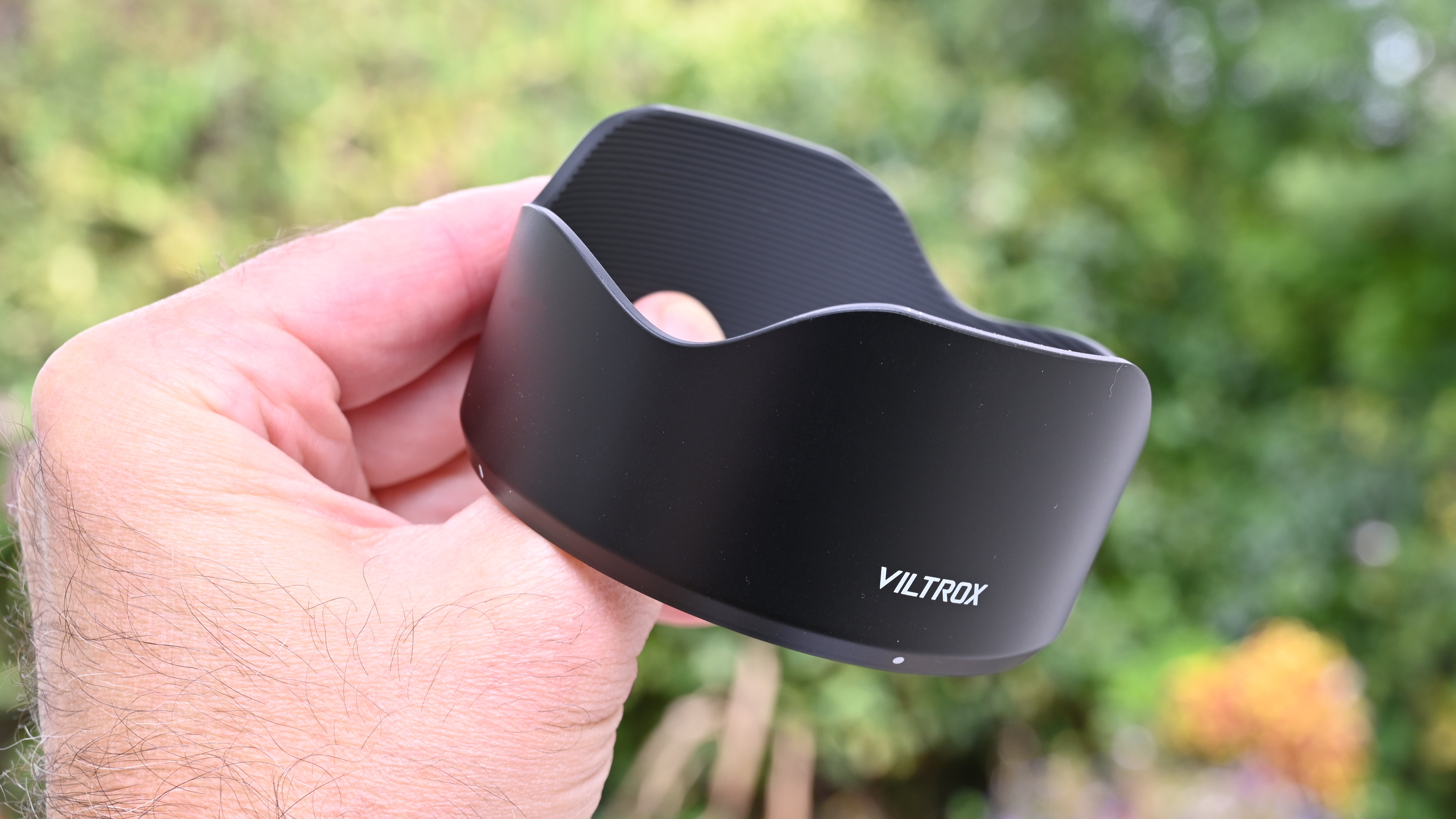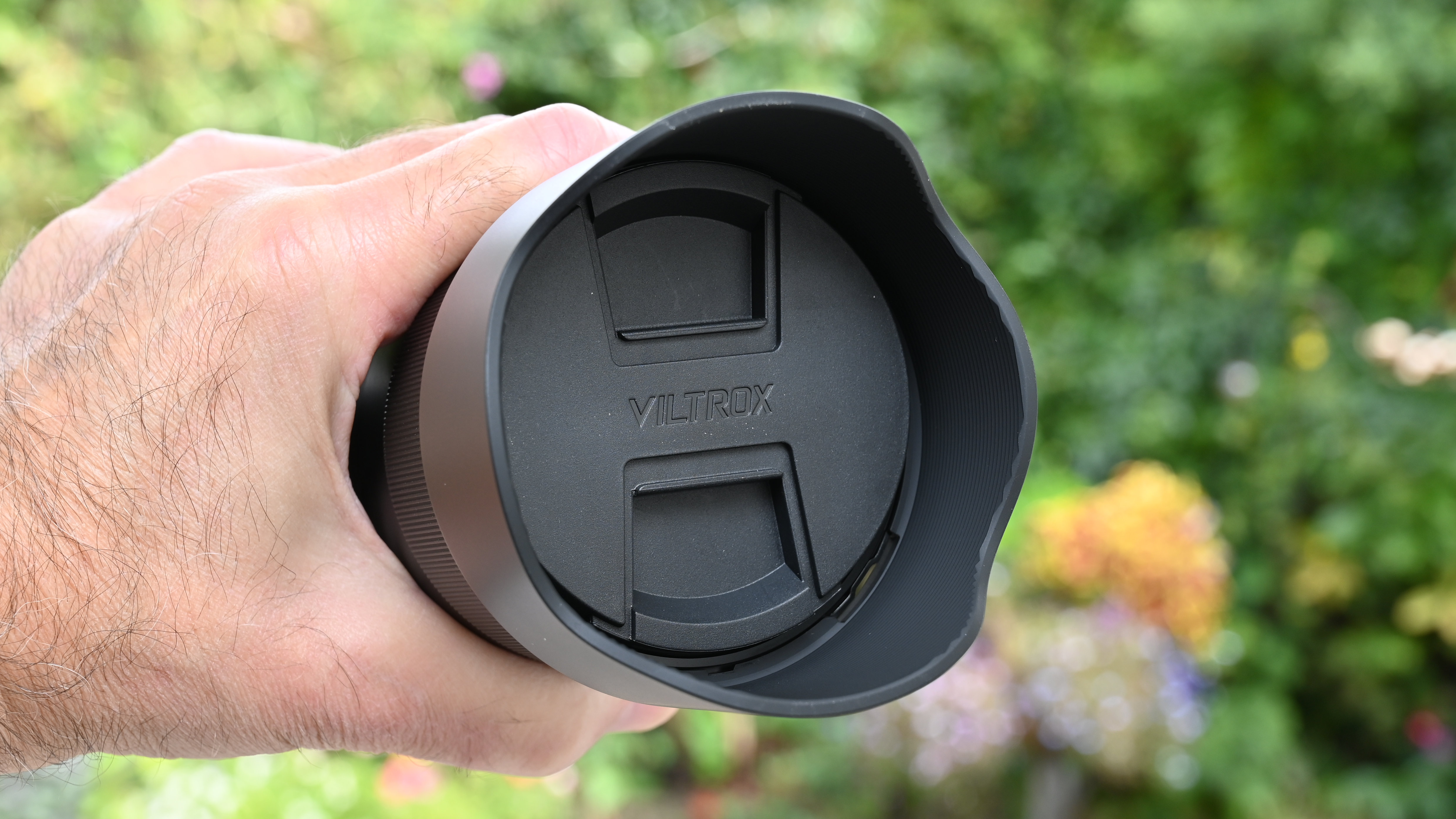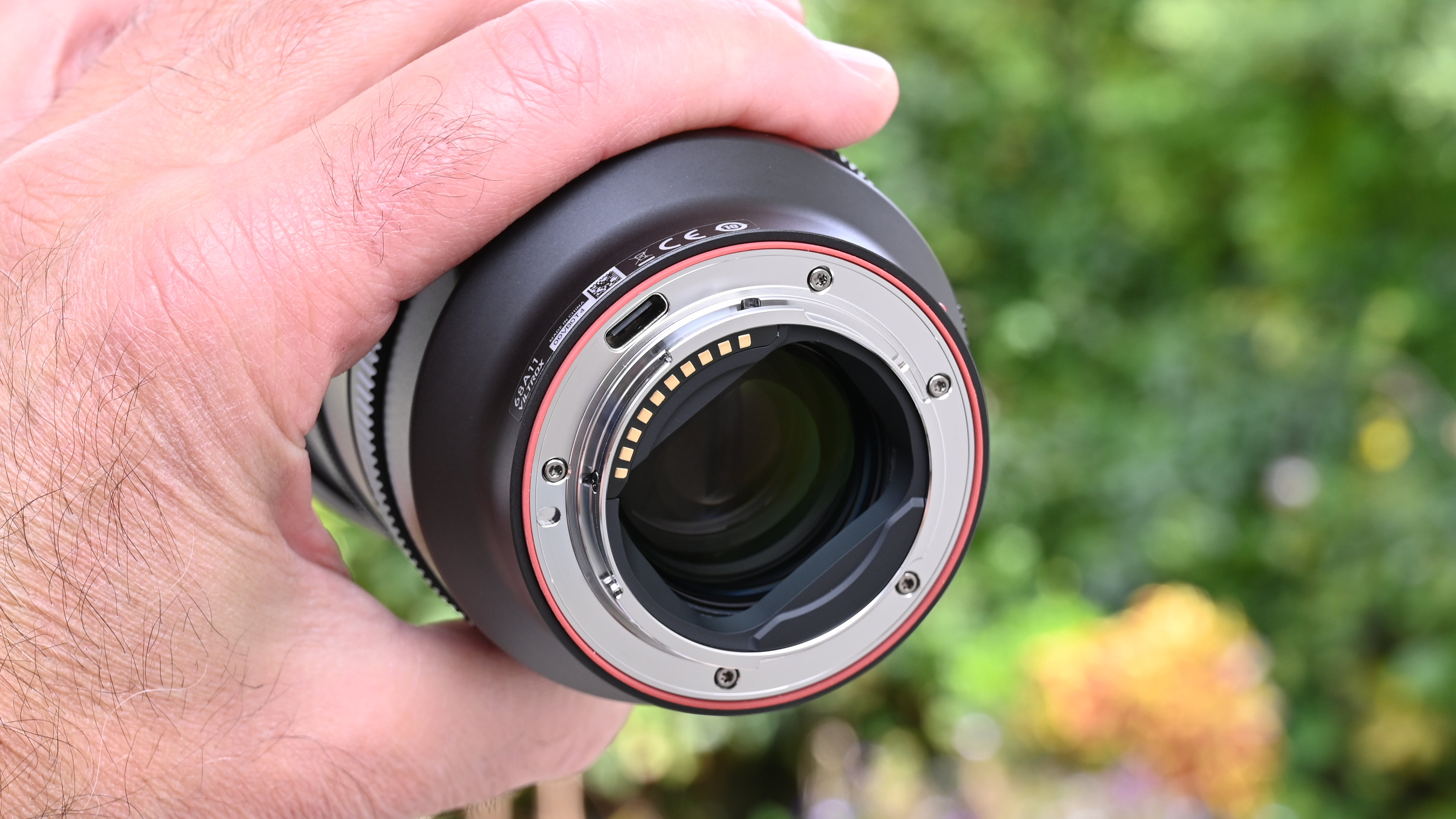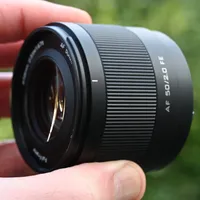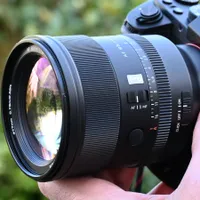Digital Camera World Verdict
The Viltrox AF 50mm f/1.4 Pro is giving me a strong sense of déjà vu. It has exactly the same size, weight and layout as the 85mm version of the lens, which is great news as far as I’m concerned. It feels entirely natural swapping back and forth between the two lenses and, like the 85mm, the newer 50mm delivers superb image quality and all-round performance, along with truly pro-grade build quality and handling. It’s an absolute bargain at the price.
Pros
- +
Super-sharp
- +
Beautiful bokeh
- +
Pro-grade build & handling
- +
Excellent value for money
Cons
- -
Quite chunky and weighty
- -
No aperture ring lock
- -
Limited mount options
- -
Just one function button
Why you can trust Digital Camera World
As I’m penning this review, it’s just over six months since I tested the Viltrox AF 85mm f/1.4 Pro for Sony cameras. I’m still hoping that Viltrox will announce a Nikon Z version of the 85mm but meanwhile, the new 50mm lens that I’m reviewing here is launching in both Sony E and Nikon Z versions from the get-go.
I can’t really call the 50mm the little sibling of the 85mm, as they’re both exactly the same size and weight, and have an identical layout of controls. They look more like identical twins.
That said, while both lenses have the exact same diameter and a 77mm filter thread, the 85mm is an almost imperceptible 2mm or 1/10th of an inch longer. The Nikon Z version is actually 2mm longer again, and 30g or 1oz heavier. There’s really very little in it. The main takeaway is that the 85mm bowled me over with its pro-grade build and handling, as well as its top-drawer image quality and all-around performance. That makes the similarity of the two lenses very appealing, as the new addition sets out to be one
Viltrox AF 50mm f/1.4 Pro: Specifications
Mount options | Nikon Z (FX), Sony E (FE) |
Lens construction | 15 elements in 11 groups |
Angle of view | 46.6 degrees |
Diaphragm blades | 11 |
Minimum aperture | f/16 |
Minimum focus distance | 0.45m |
Maximum magnification | 0.15x |
Filter size | 77mm |
Dimensions | 85x111mm / 3.4x4.4" |
Weight | 800g / 1.76lb |
Viltrox AF 50mm f/1.4 Pro: Price
This Viltrox lens is designed and built as a pro-grade lens, catering to the most demanding professional and enthusiast photographers. As such, it goes up against the likes of the Sony FE 50mm f/1.4 G Master which costs $1,398 / £1,499 / AU$2,099. The Nikon Z 50mm f/1.4 is a more budget-friendly affair with lower aspirations and lacking Nikon’s high-grade ‘S-line’ credentials, selling for $597 / £499 / AU$899.
Back in pro-grade territory, there’s also the faster Sony FE 50mm f/1.2 G Master at $2,148 / £1,999 / AU$2,599 and the Nikon Z 50mm f/1.2 S at $2,247 / £2,299 / AU$3,399.
Whichever way you look at it, the Viltrox AF 50mm f/1.4 Pro is extremely competitively priced at $549 / £525 / AU$TBA, following on from the Viltrox AF 85mm f/1.4 Pro at $598 / £569 / AU$929.
Viltrox AF 50mm f/1.4 Pro: Design & Handling
When I’m in the market for fast glass, 50mm f/1.4 and 85mm f/1.4 lenses are top of my wish list. I love the entirely natural perspective of a 50mm lens on a full-frame camera, and find the 85mm focal length perfect for portraiture. The even faster Viltrox AF 35mm f/1.2 Lab and longer Viltrox AF 135mm f/1.8 Lab are also very appealing but the 50mm and 85mm would be my first choices.
The best camera deals, reviews, product advice, and unmissable photography news, direct to your inbox!
I find that chopping and changing between lenses can be a bit of a chore, and I’m more likely to swap between different lenses when I’m shooting with primes rather than a zoom. The main issue is that different lenses typically feel different. They’re different sizes and weights, and have different controls in different places.
For me, one of the most appealing things about this Viltrox 50mm is that it’s virtually a carbon copy of the 85mm f/1.4 Pro lens. Swapping between them, there’s no pause in the creative flow as they look and feel identical. The only real visual difference is that front optical element of the 50mm has a smaller diameter, although both lenses have the same 77mm filter thread.
Let’s take a closer look at the glass. Both lenses are based on 15 optical elements, arranged in 11 groups. However, whereas the 85mm has 1 aspherical element, 3 ED (Extra-low Dispersion) elements and 9 HR (High Refractive index) elements, the 50mm has 1 UA (Ultra Aspherical) element with a relatively large diameter and ultra-high precision build, 3 ED elements and 8 HR elements. The similarities outweigh the differences, and both lenses also feature an 11-blade aperture diaphragm, which remains particularly well-rounded when stopping down.
To move some of those elements around during focusing, the next similarity between the two lenses is a HyperVCM (Voice Coil Motor) autofocus system. It’s designed to be quick for shooting stills, while also delivering ultra-smooth focus transitions when shooting video, in virtually complete silence. Typical of the breed, the system comes with an electronically coupled manual focus ring, designed to enable smooth and precise adjustments.
There are times when I prefer using manual focusing, but I don’t like having to poke around in camera menus to swap between autofocus and manual focus modes. I like that the Viltrox has an AF/MF switch for quick and easy access. Another bonus is that it has an AF-hold button which can be customized to take on other duties, depending on the camera body. It would be even better if there were two Fn buttons, falling naturally under the thumb in portrait as well as landscape orientation shooting, but one will suffice.
Next in the comprehensive line-up of onboard controls is an aperture ring. As with all the other controls, the aperture ring and its associated switch are identical in nature and placement, in both the 50mm and 85mm lenses. The switch concerned is a click/de-click switch. It enables precise and easily repeatable adjustments in one-third f/stops when in ‘click’ mode. Better for shooting movies, the de-click option enables smooth and click-free aperture adjustments, so there’s no sound and lightening or darkening the iris doesn’t have any visible steps.
One difference between the two lenses is that the 85mm comes with a circular profile hood, whereas the 50mm is supplied with a petal-shaped hood. In both cases, they have the usual bayonet-fit attachment and can be reversed on the lens for compact stowage.
The lenses also come with pinch-action front caps, making them easy to fit and remove even when the hood is attached in its front-facing business orientation, as shown below.
I’ll finish off this section on design and handling by talking about build quality. The lens looks and feels of really high quality, earning its ‘Pro’ badge. The barrel has a metal rather than plastic construction and all the control rings, switches and buttons feel truly pro-grade. A comprehensive set of weather-seals is fitted, including a rubber gasket on the mounting plate. There’s also a fluorine coating on the front element, and HD Nano multi-layer coatings are applied to minimize ghosting and flare.
Viltrox AF 50mm f/1.4 Pro: Performance
Native performance is highly impressive, even without taking advantage of any in-camera corrections. Many ‘fast’ lenses go a bit soft when shooting wide-open but the Viltrox remains very sharp at f/1.4, with plenty of clarity and bight. Sharpness holds up well out to the extreme edges and corners of the frame, even at the widest aperture, although our lab tests revealed a slight dip in corner-sharpness at f/4, before becoming excellent at f/5.6 and narrower apertures.
Vignetting is fairly minimal at f/1.4, again with automatic in-camera correction disabled, and the same goes for lateral chromatic aberration throughout the entire zoom range. Barrel distortion can be a little noticeable but it’s much better controlled than in many modern lenses designed for mirrorless cameras. Even so, this is one aspect of performance where in-camera correction can prove useful.
The lens does well to maintain clarity and contrast even under relatively dull lighting conditions. The following shot was taken inside a book store. Again, sharpness is highly impressive and you can read the ‘small print’ right out to the extreme corners of the image frame.
The following gallery comprises a series of test shots of a phrenology head, set against a backdrop of garden plants and flowers. They were taken at the widest available aperture of f/1.4, then at narrower full f/stop increments down to an aperture of f/5.6. The images show the qualities of excellent sharpness and smooth bokeh, with a natural roll-off between the two. They also demonstrate the high degree of control over axial/longitudinal chromatic aberration, also called ‘bokeh fringing, as there are no unwanted color fringes around high-contrast transitions just in front of or behind the plane of focus. Fast lenses often struggle with this, at or near their widest available apertures.



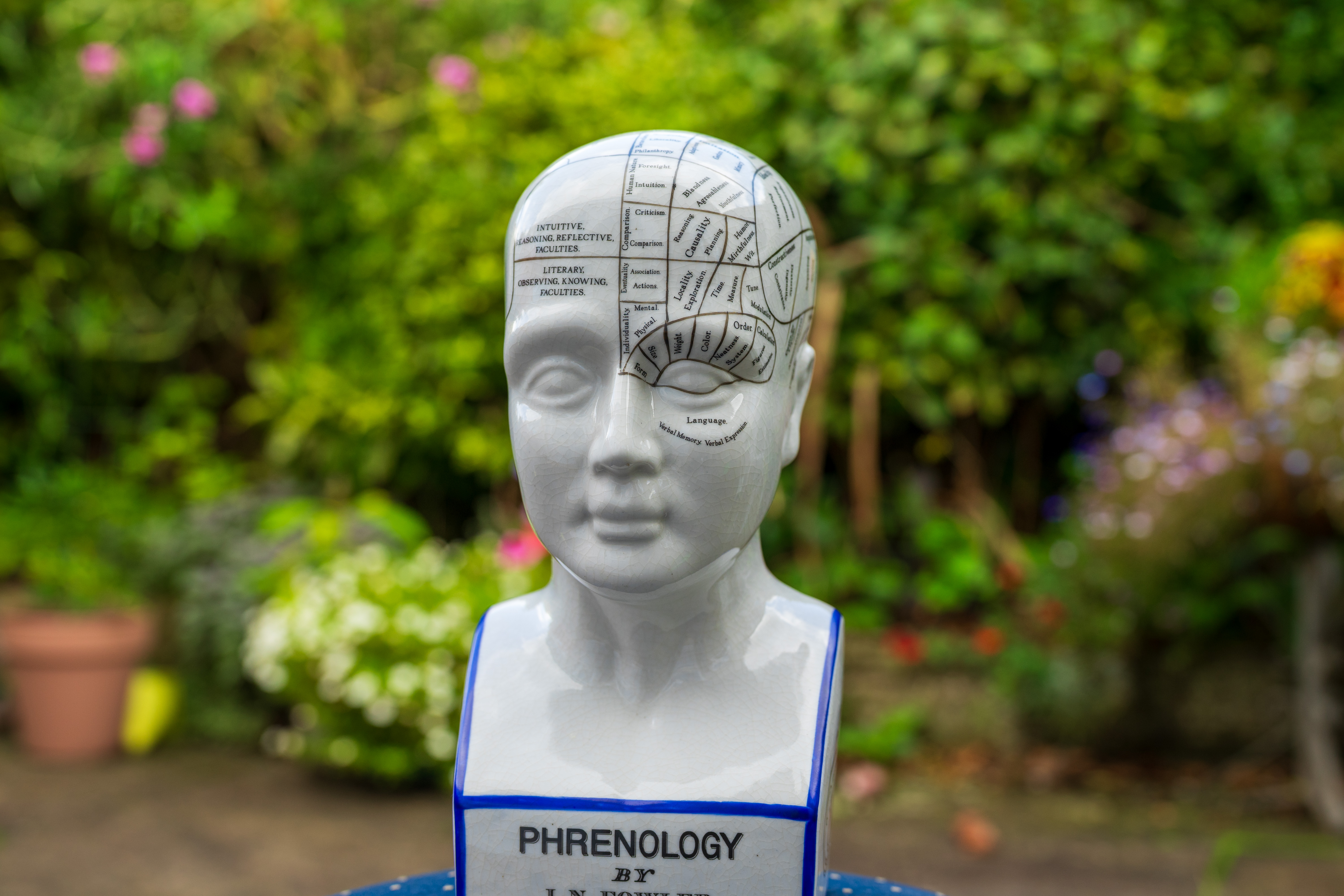
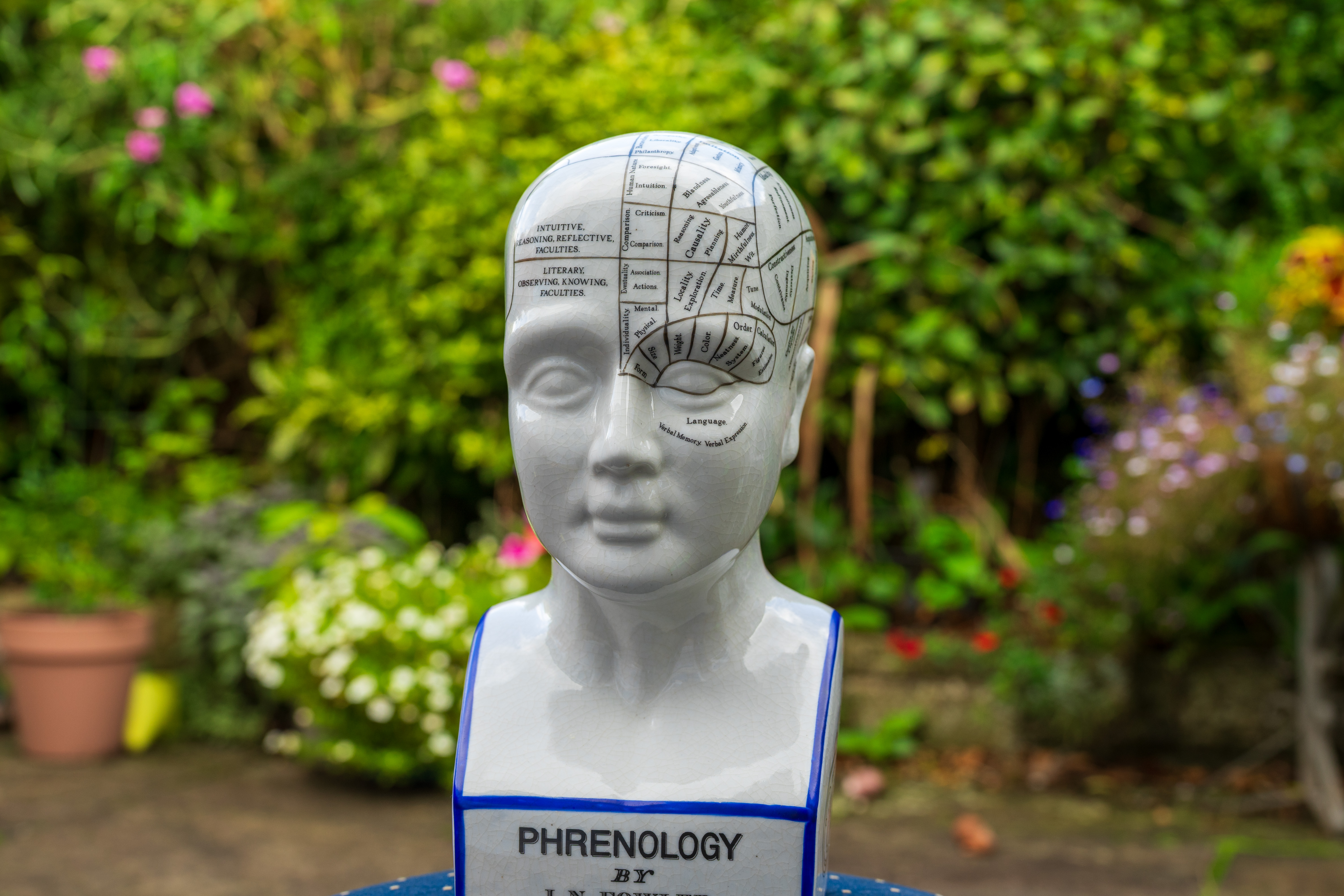
Viltrox AF 50mm f/1.4 Pro: Sample Images
The gallery below contains a collection of more general shots, taken on the streets of the English city of Bath in overcast weather conditions, and at the indoor Bath Guildhall Market. I used a mix of medium and wide aperture settings for the series.





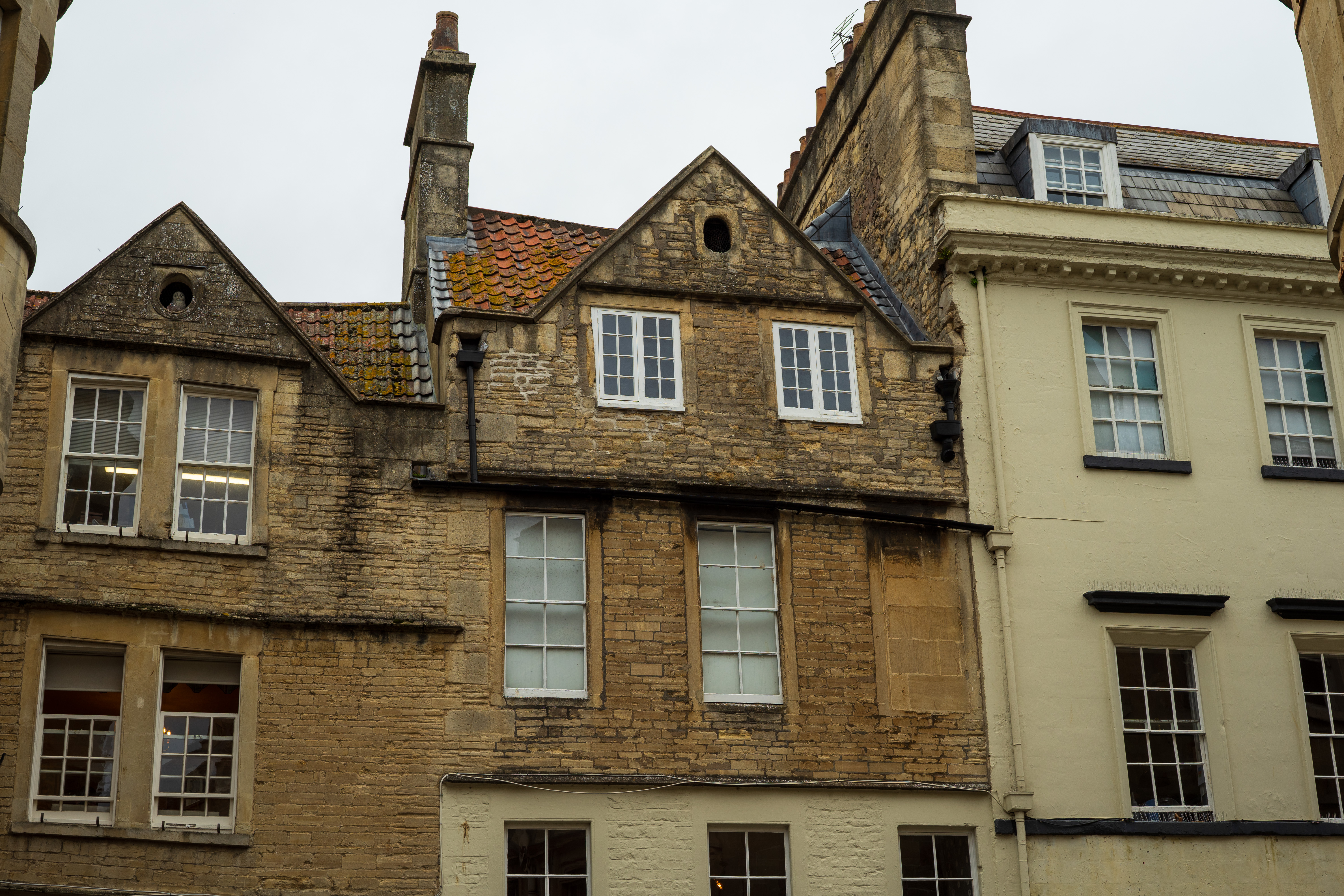


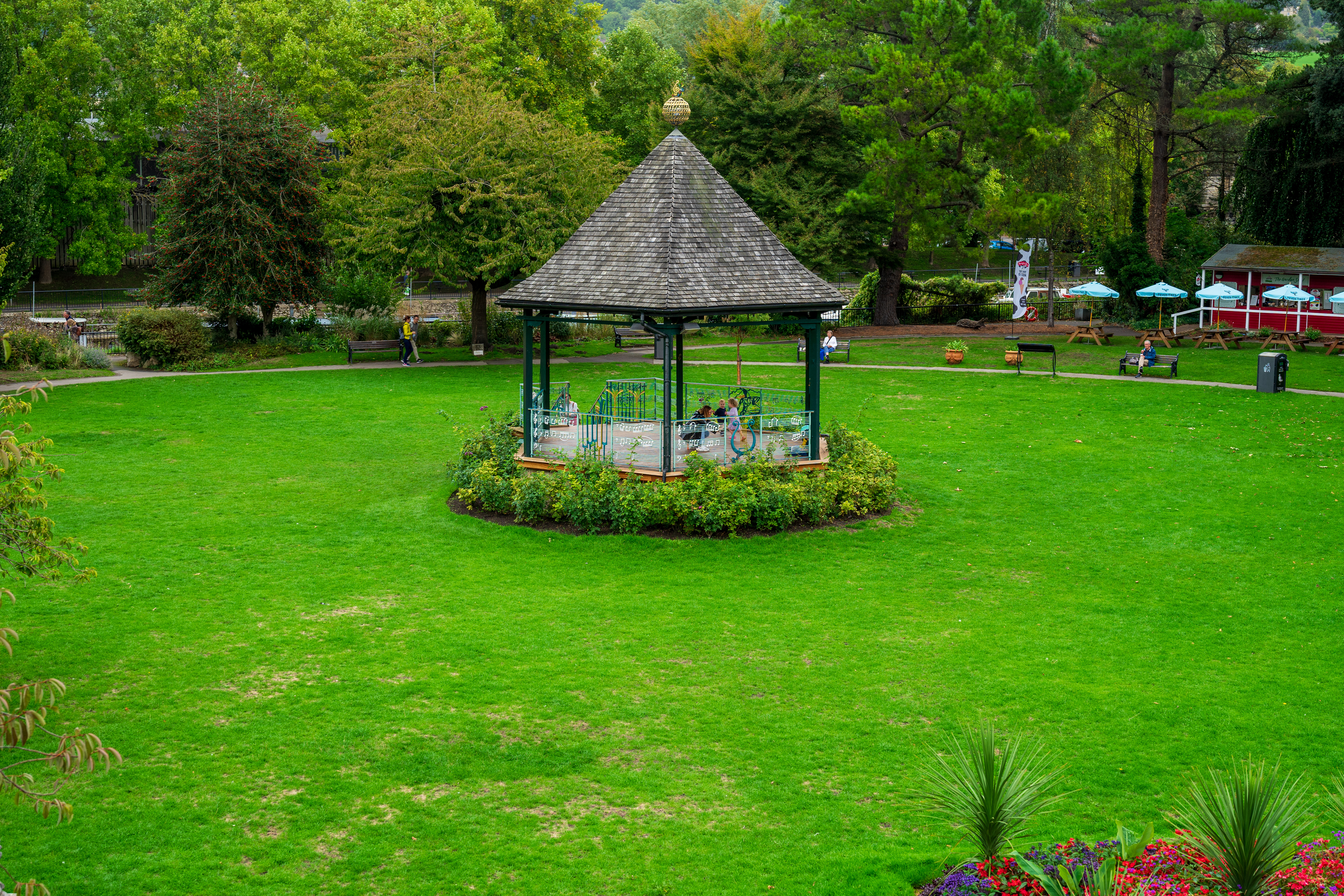



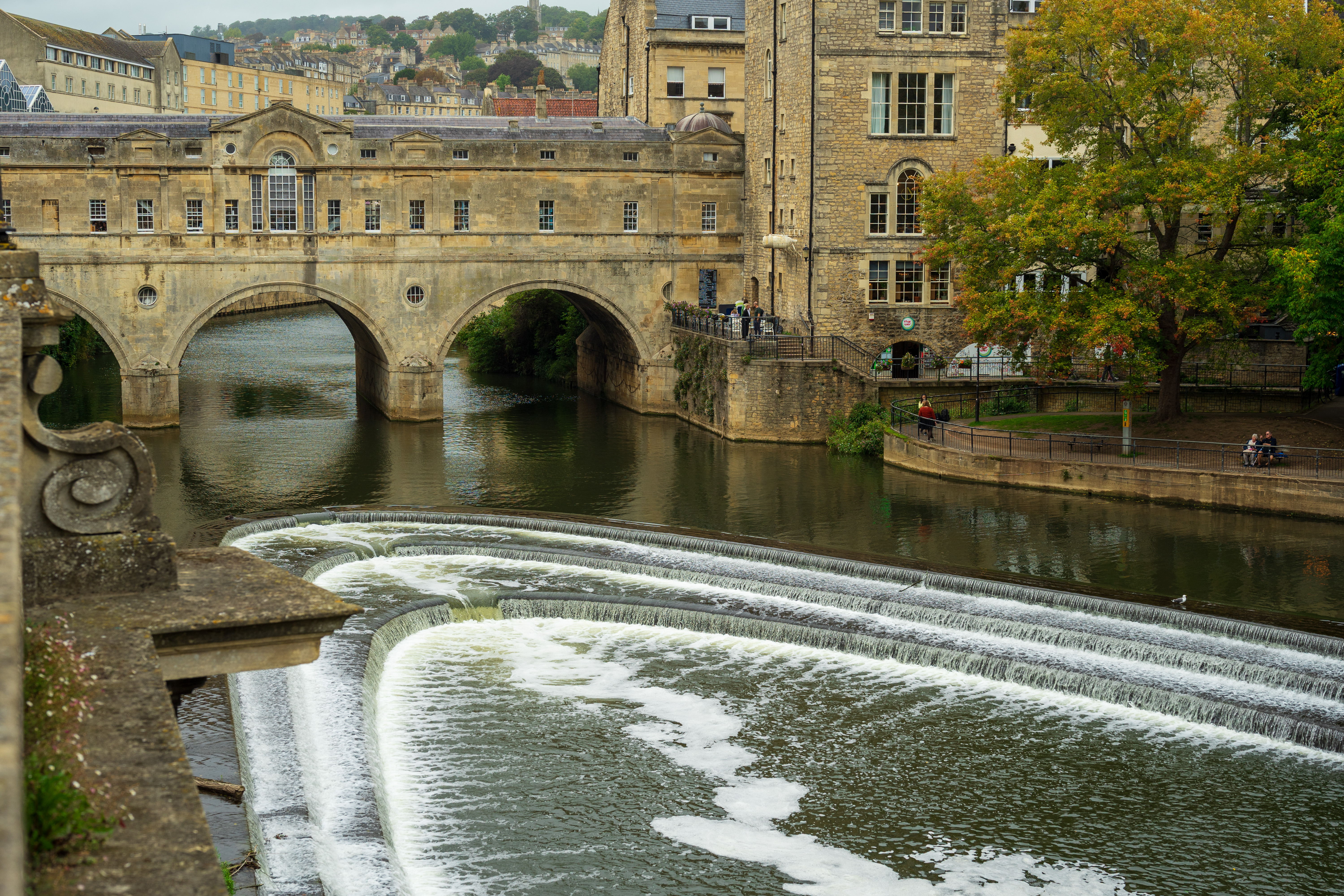

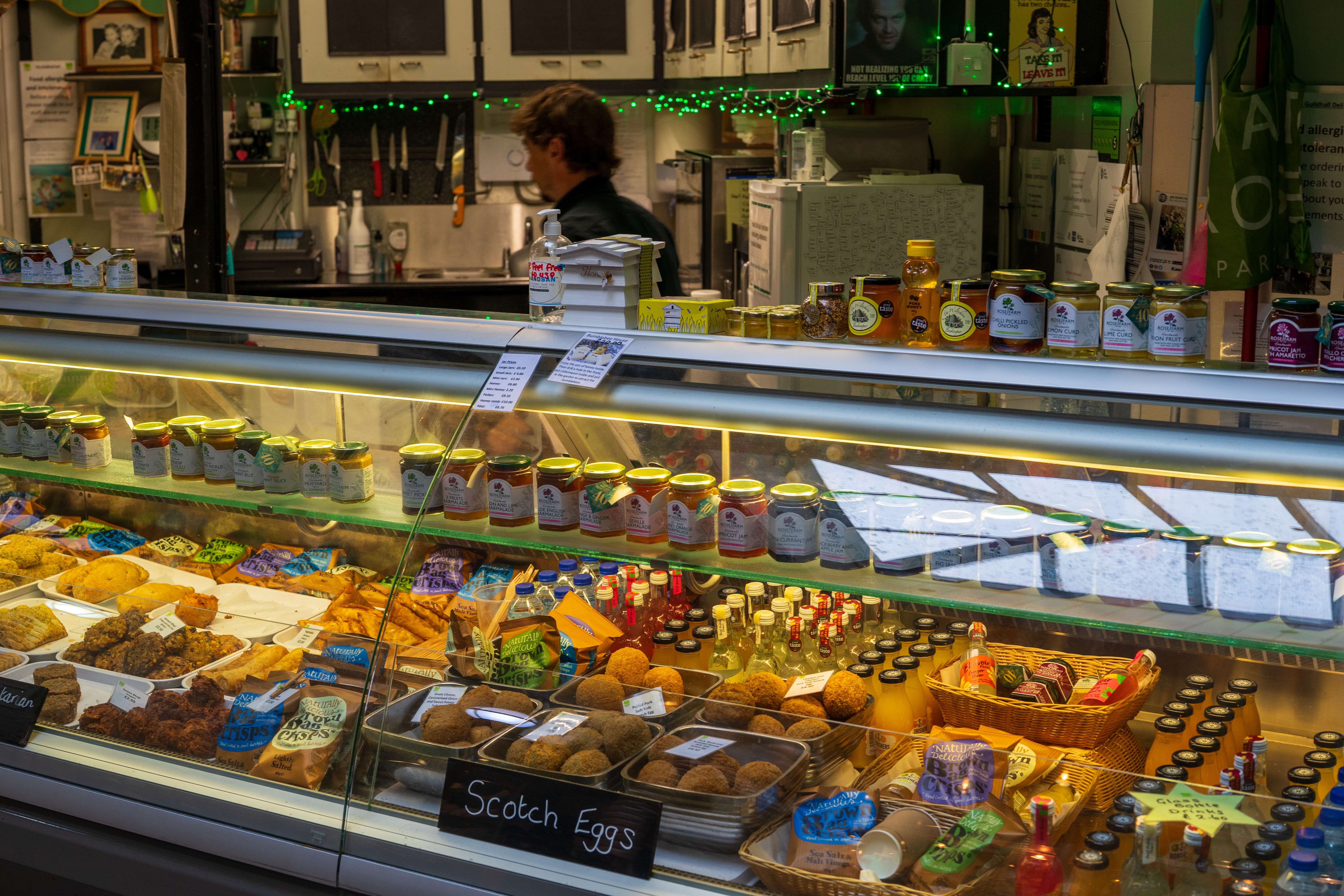
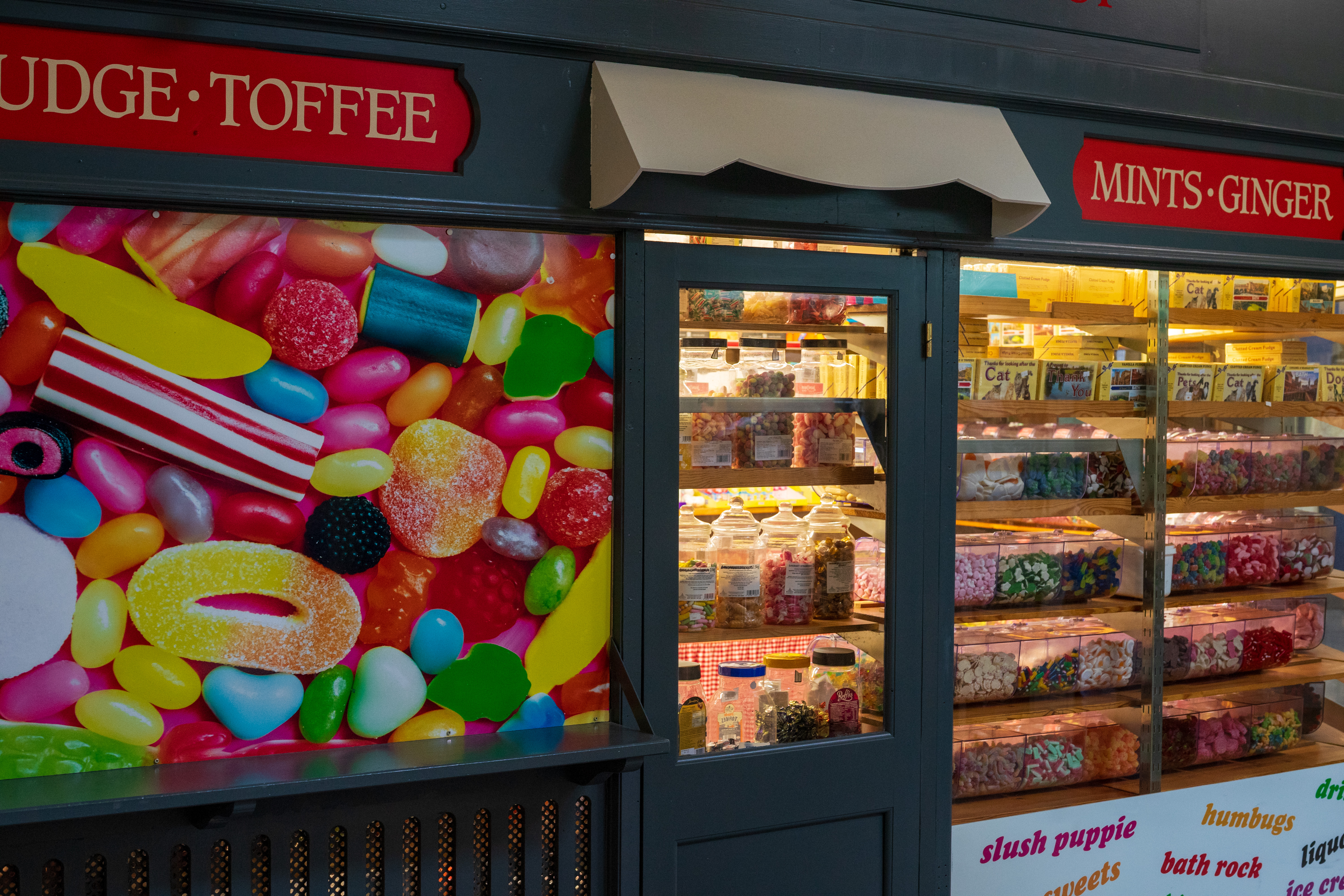


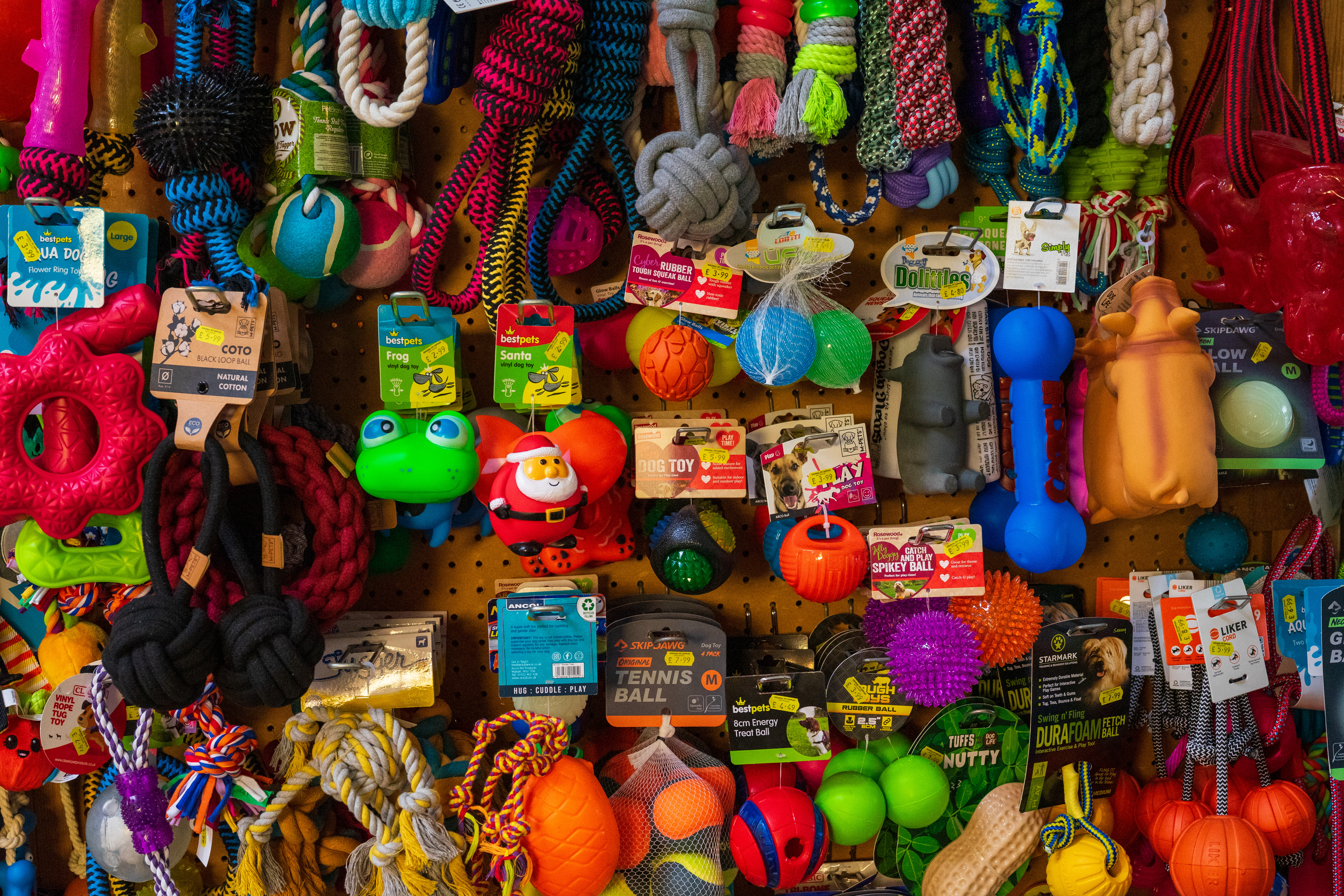

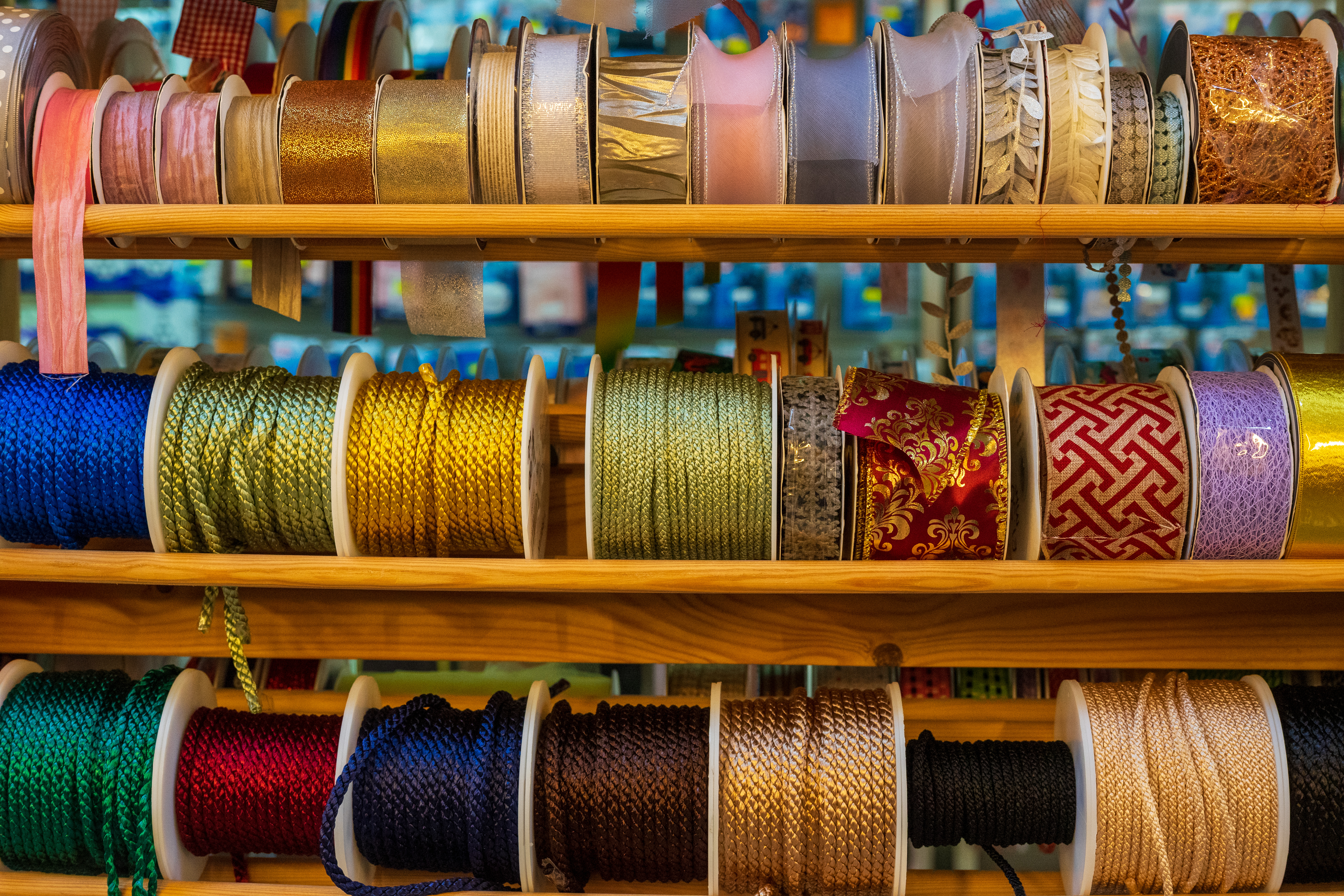
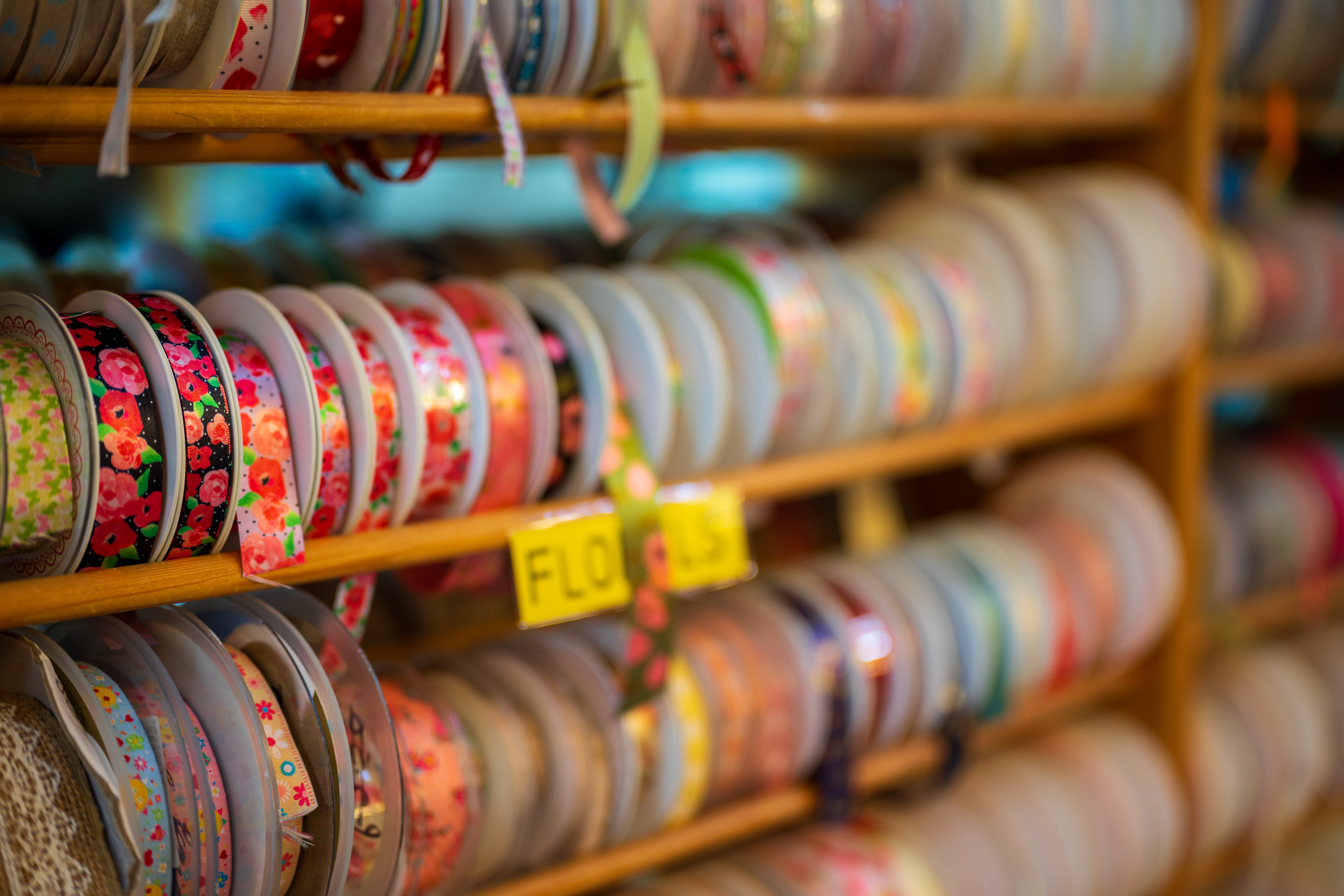
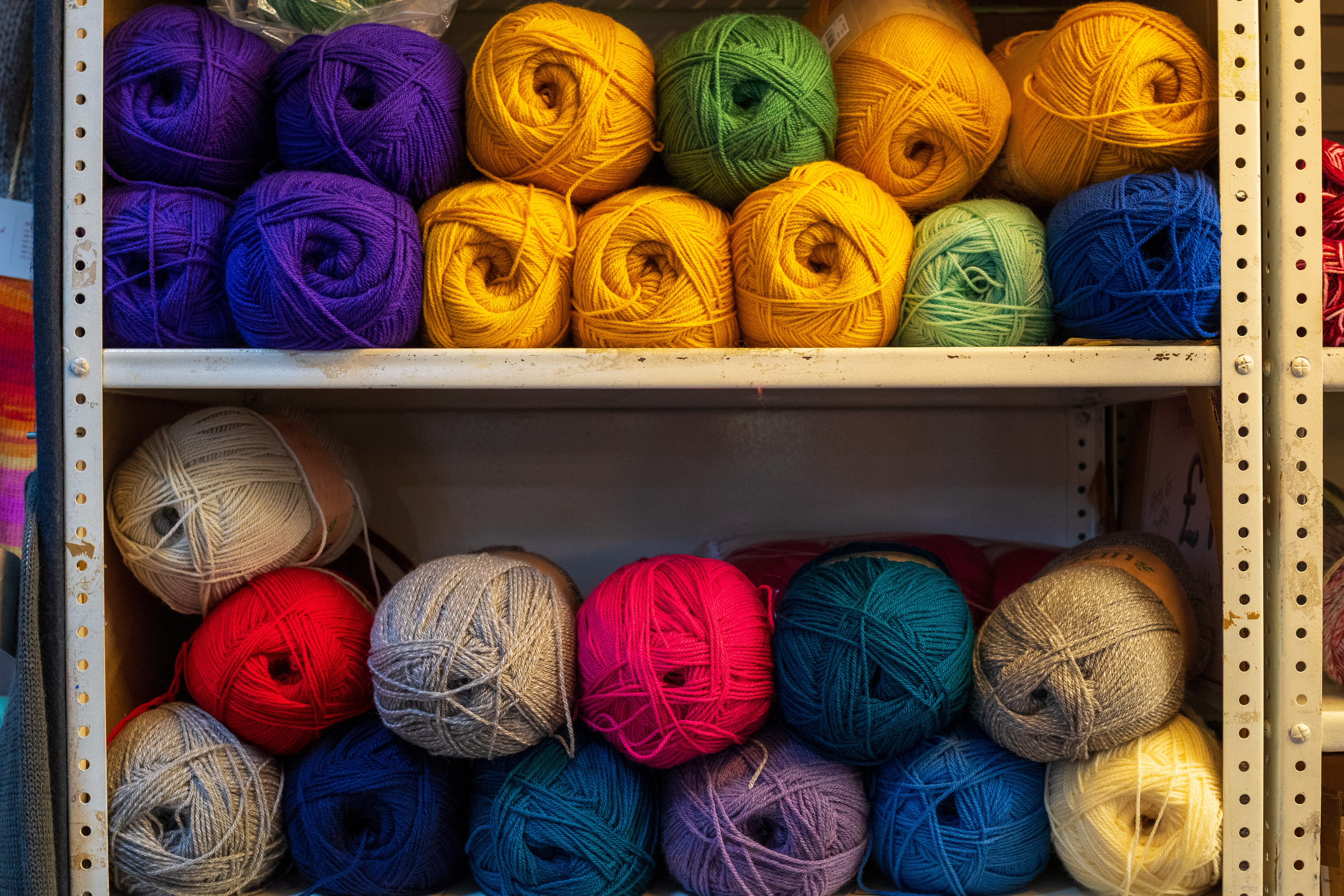
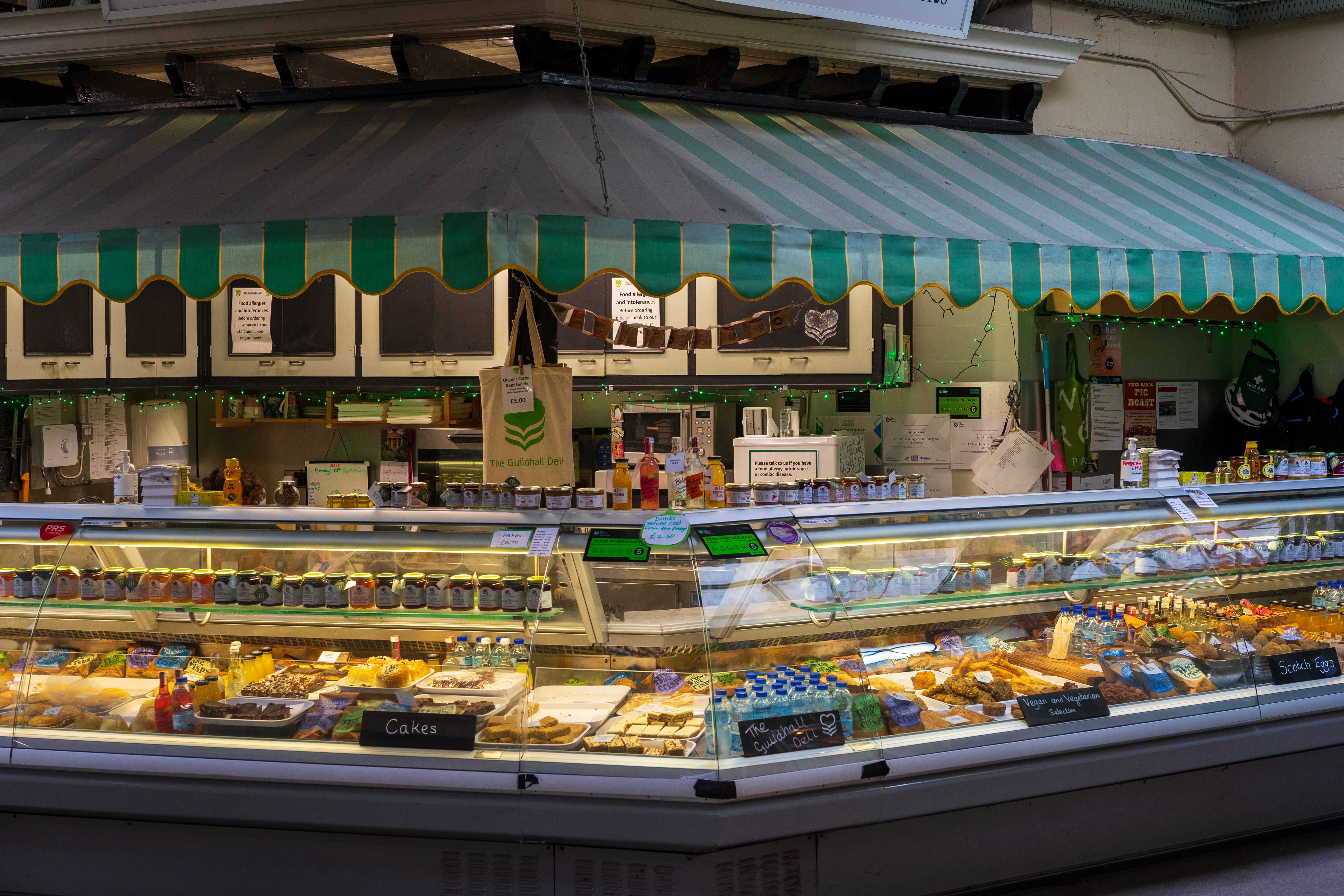
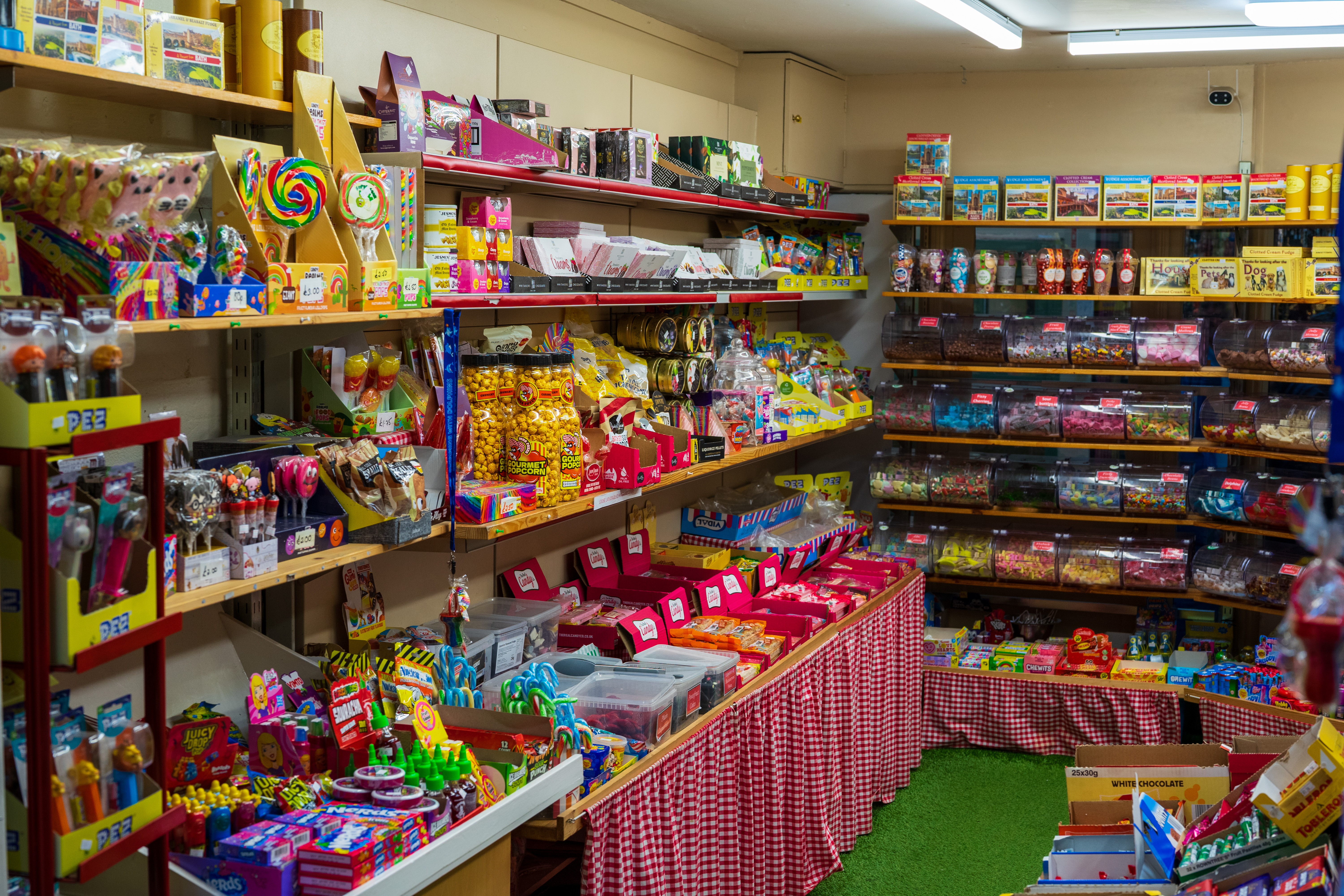

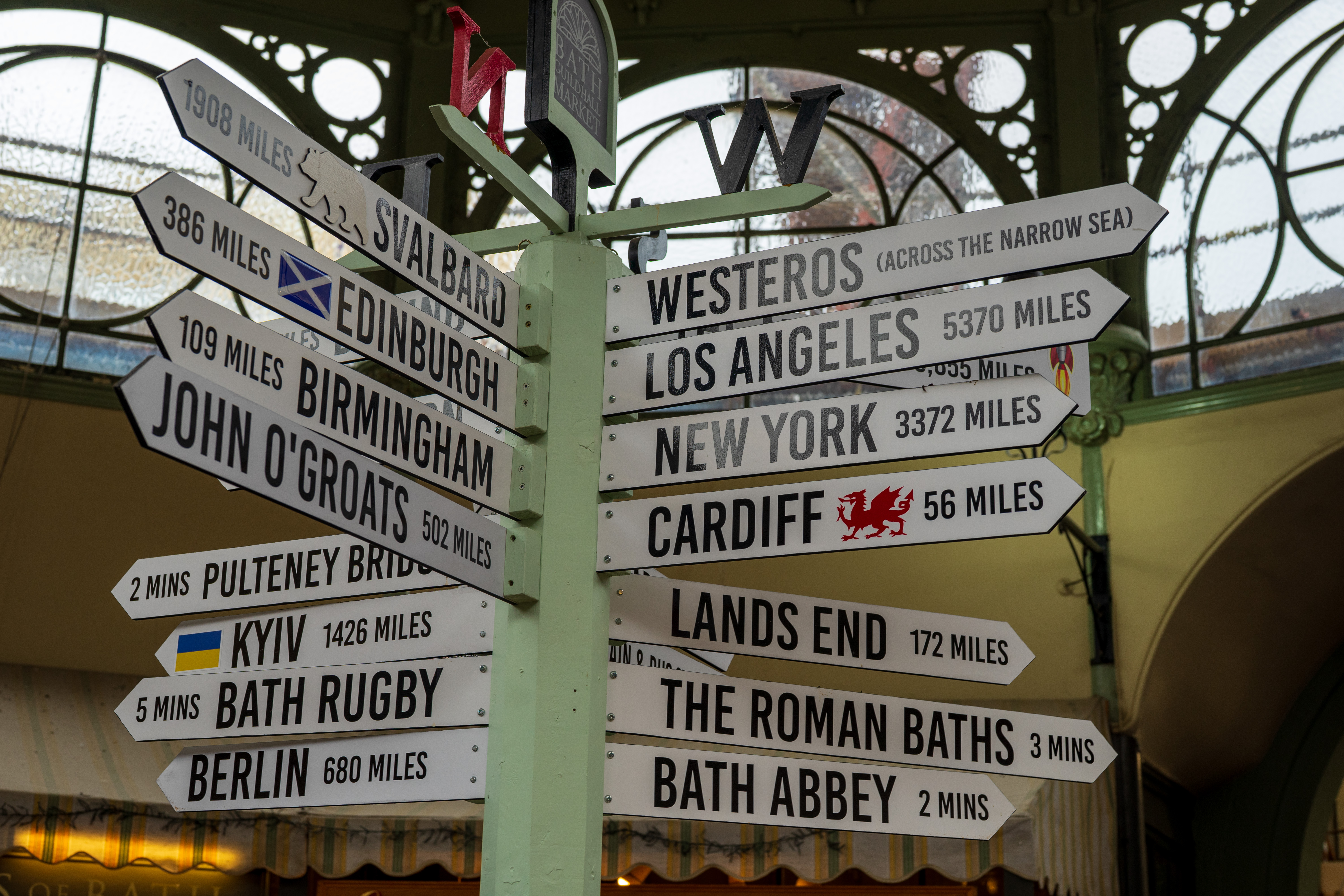

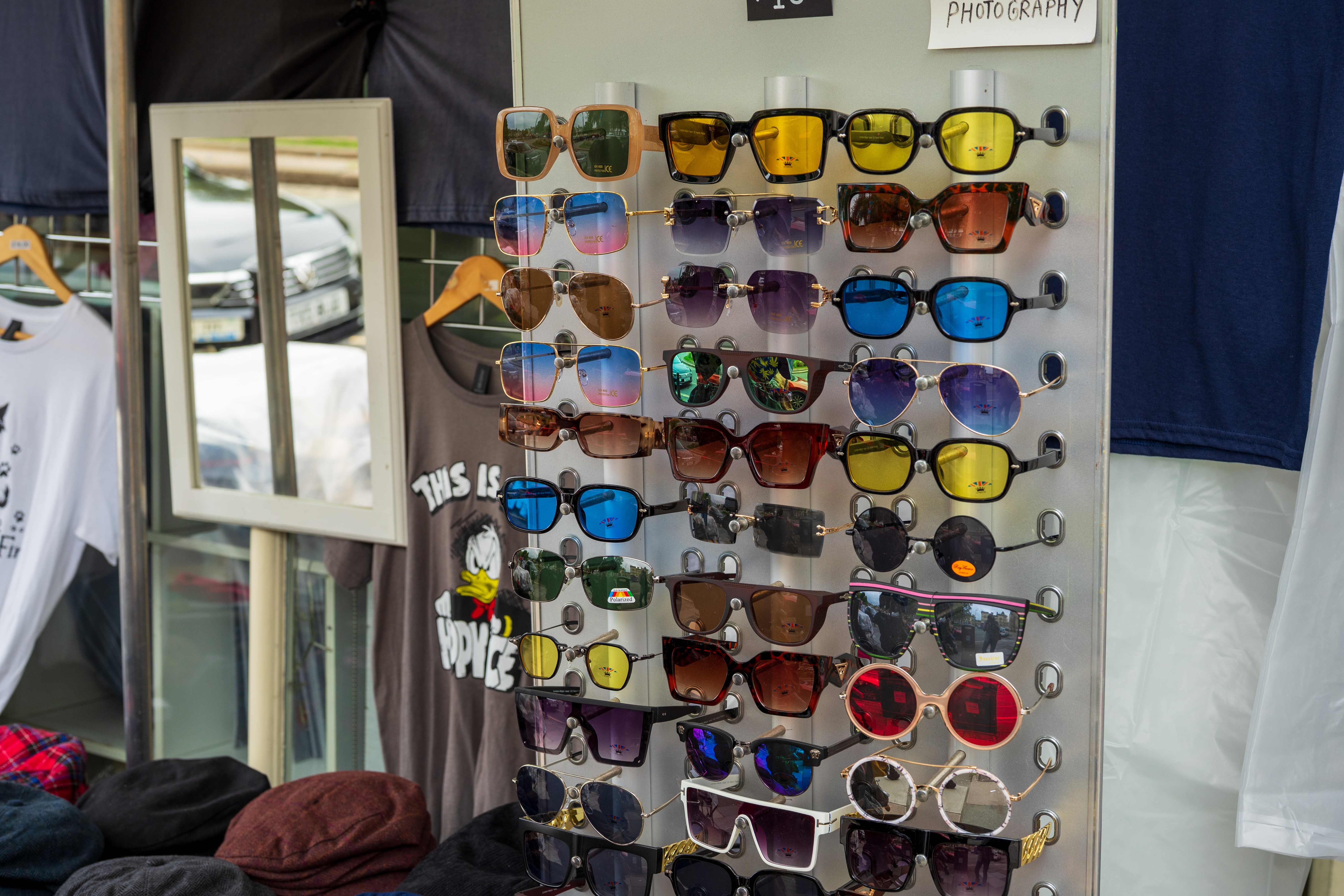
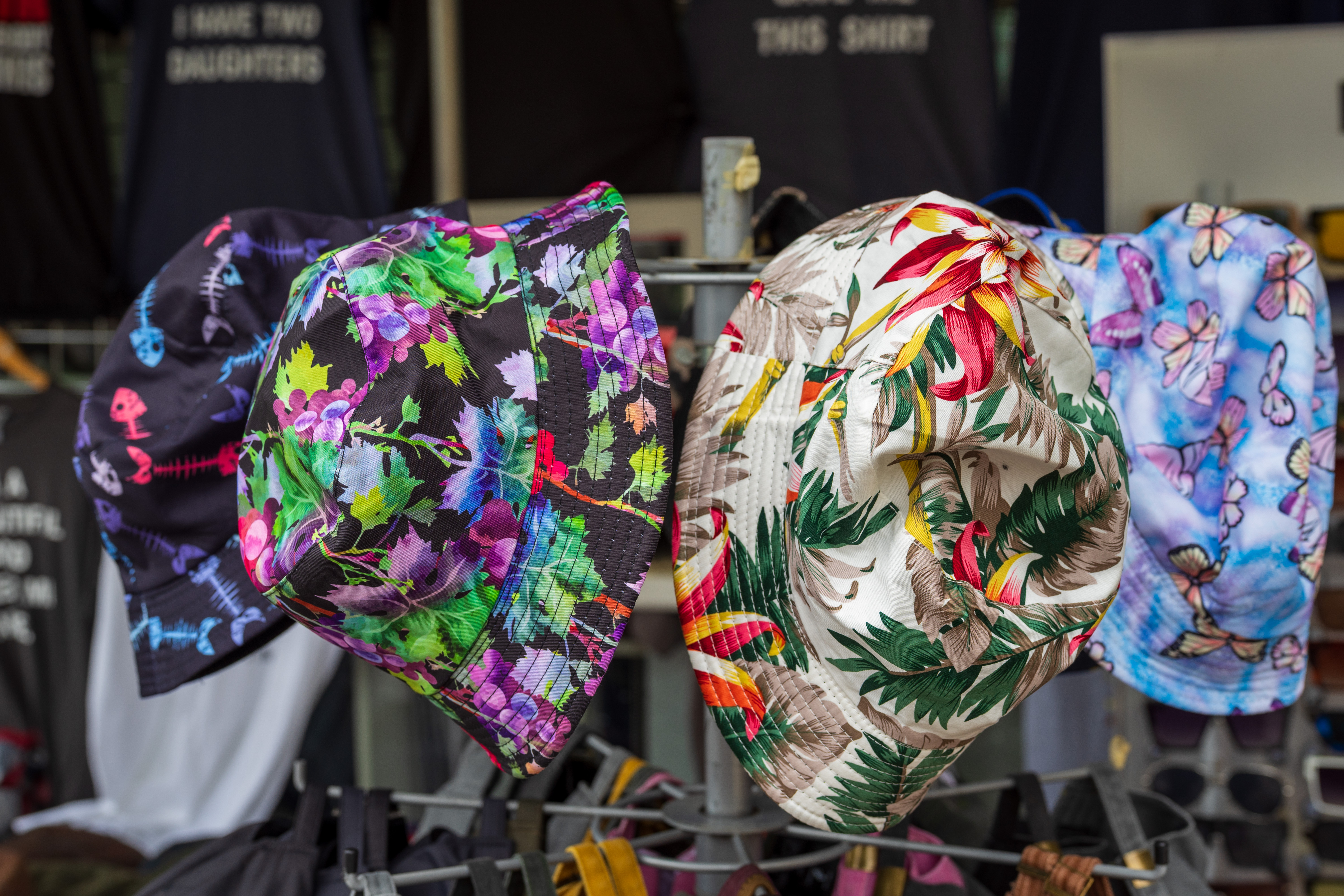



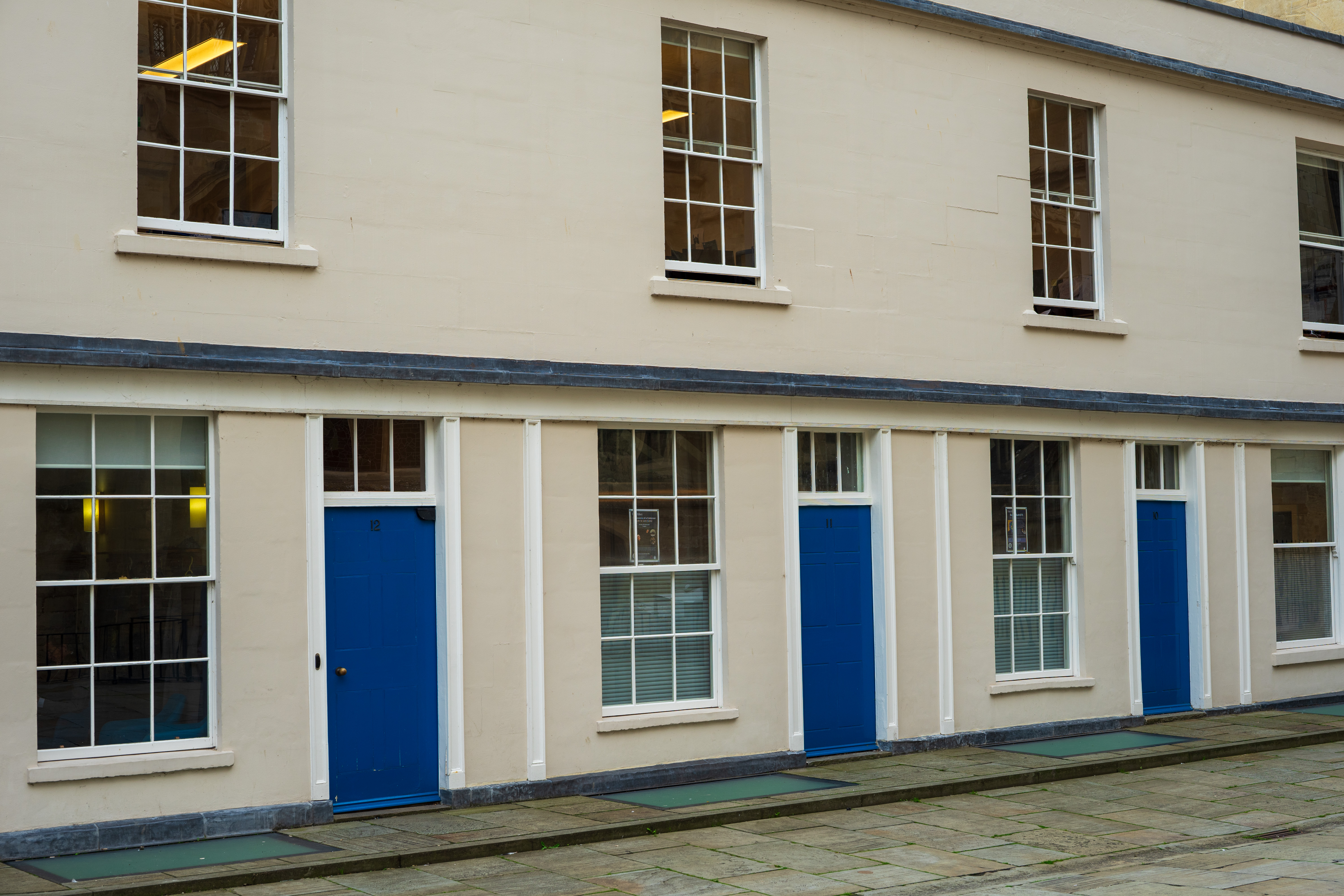




Viltrox AF 50mm f/1.4 Pro: Lab Results
We run a range of lab tests under controlled conditions, using the Imatest Master testing suite. Photos of test charts are taken across the range of apertures and zooms (where available), then analyzed for sharpness, distortion and chromatic aberrations.
We use Imatest SFR (spatial frequency response) charts and analysis software to plot lens resolution at the center of the image frame, corners and mid-point distances, across the range of aperture settings and, with zoom lenses, at four different focal lengths. The tests also measure distortion and color fringing (chromatic aberration).
Sharpness:
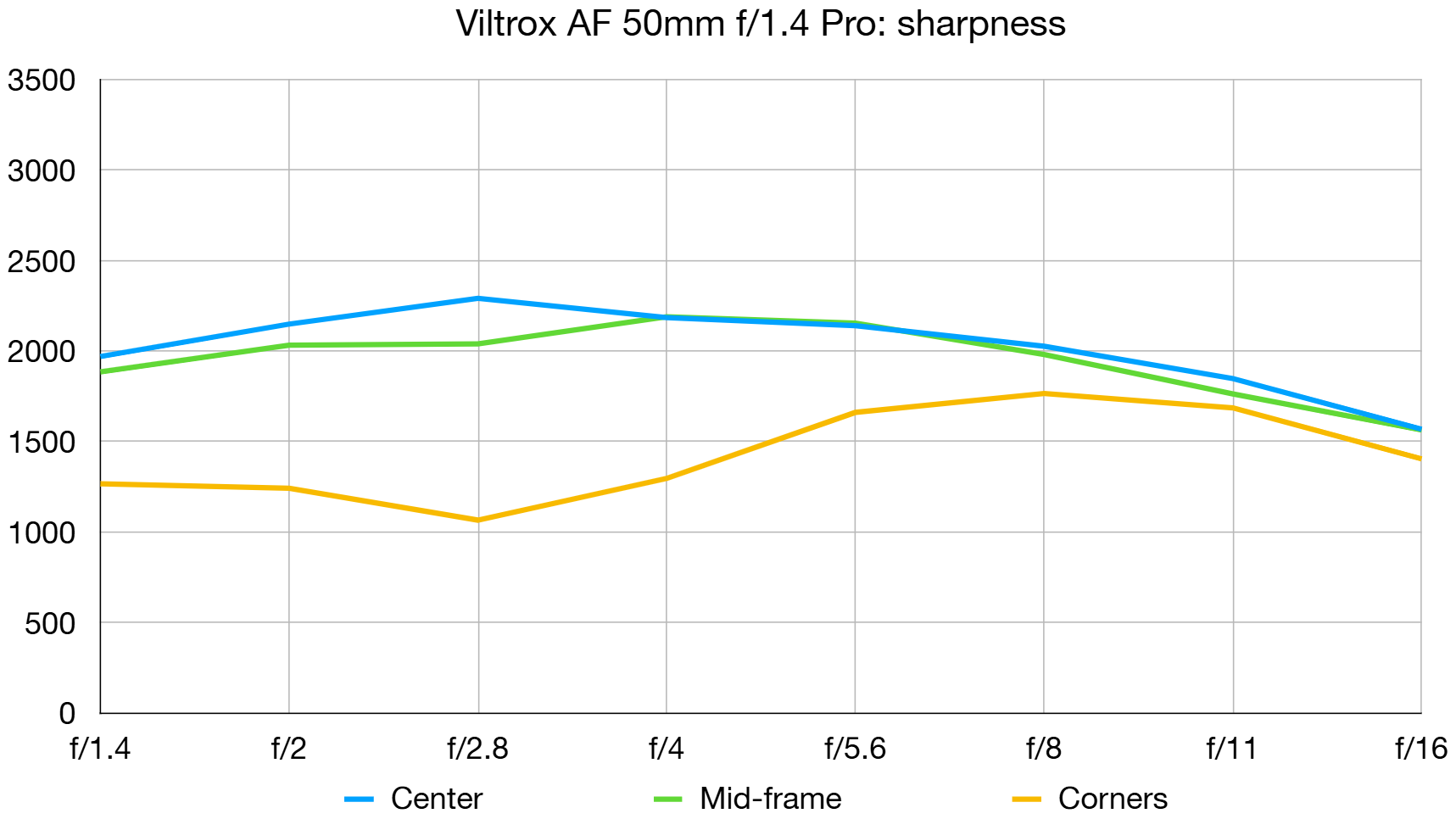
Levels of sharpness across the entire frame are generally exemplary. There’s a bit of a drop in extreme edge/corner-sharpness at large apertures, but it comes on song at f/5.6. I noticed the same thing in our lab test results with the sibling Viltrox AF 85mm f/1.4 Pro at f/2.8.
Fringing:
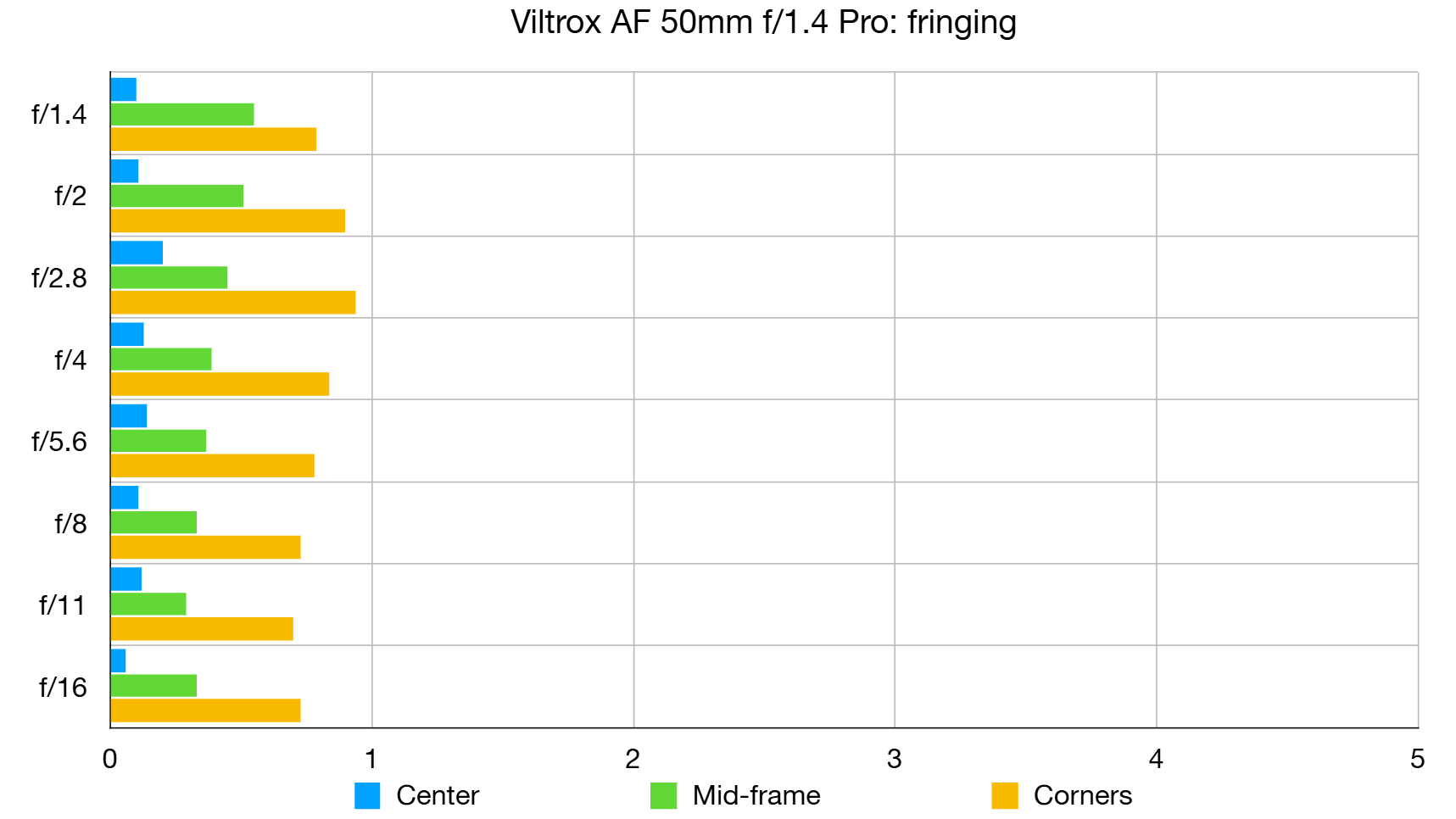
Like the companion 85mm Viltrox lens, lateral chromatic aberration is extremely negligible even out at the edges and corners of the image frame. Axial or longitudinal chromatic aberration is also very minimal, which can often be problematic at very wide apertures.
Distortion: -1.3
There’s a little barrel distortion but it’s not generally significant enough to be noticeable in general shooting. Either way, automatic in-camera correction is available to remove it.
Viltrox AF 50mm f/1.4 Pro: Verdict
The entirely natural perspective of the Viltrox AF 50mm f/1.4 Pro on full-frame Nikon and Sony mirrorless cameras is typical of ‘nifty fifty’ lenses. There’s a lot to be said for the ultra-compact, featherweight Viltrox AF 50mm f/2 Air, which is super-convenient, amazingly inexpensive to buy and available in the same mount options. However, the aperture rating of the f/1.4 lens is a full f/stop faster and, to me, that makes it well worth the additional size and weight. The ’Pro’ lens is also massively more sophisticated with an AF/MF switch, customizable function button, aperture control ring, click/de-click switch and a comprehensive set of weather-seals. It’s a ‘pro’ style lens through and through, with image quality and all-round performance to match. And at the price, this Viltrox lens is a real bargain. I’m hugely impressed!
Features ★★★★★ | High-end features include quality glass, voice coil motor-driven autofocus and plenty of handling exotica. |
Design ★★★★★ | The metal build feels sturdy and robust, and the design features an aperture control ring, click/de-click switch, function button and more besides. |
Performance ★★★★★ | Autofocus is quick and consistently accurate, and image quality combines excellent sharpness, clarity and color rendition with beautiful bokeh. |
Value ★★★★★ | The Viltrox is unbeatable value for a lens of this quality and sophistication. |
Alternatives
If you want a basic lens that’s the last word in convenience, the unfeasibly compact, featherweight Viltrox AF 50mm f/2 Air makes an ideal travel companion and is perfect for walkabout shooting. It’s a mere 65x57mm / 2.6x2.2" in size, 205g / 7.2oz in weight, and with a selling price of just $199 / £154 / AU$315.
It’s hard to say whether the Viltrox AF 85mm f/1.4 Pro is an alternative lens or an essential extra. If you just want one lens for portraiture rather than general shooting, the 85mm focal length will probably be preferable. In most respects, the 50mm and 85mm Pro lenses are identical, making them an ideal pair, although at the time of writing, the 85mm was only available for Sony cameras and not for Nikon.
Matthew Richards is a photographer and journalist who has spent years using and reviewing all manner of photo gear. He is Digital Camera World's principal lens reviewer – and has tested more primes and zooms than most people have had hot dinners!
His expertise with equipment doesn’t end there, though. He is also an encyclopedia when it comes to all manner of cameras, camera holsters and bags, flashguns, tripods and heads, printers, papers and inks, and just about anything imaging-related.
In an earlier life he was a broadcast engineer at the BBC, as well as a former editor of PC Guide.
You must confirm your public display name before commenting
Please logout and then login again, you will then be prompted to enter your display name.

